-
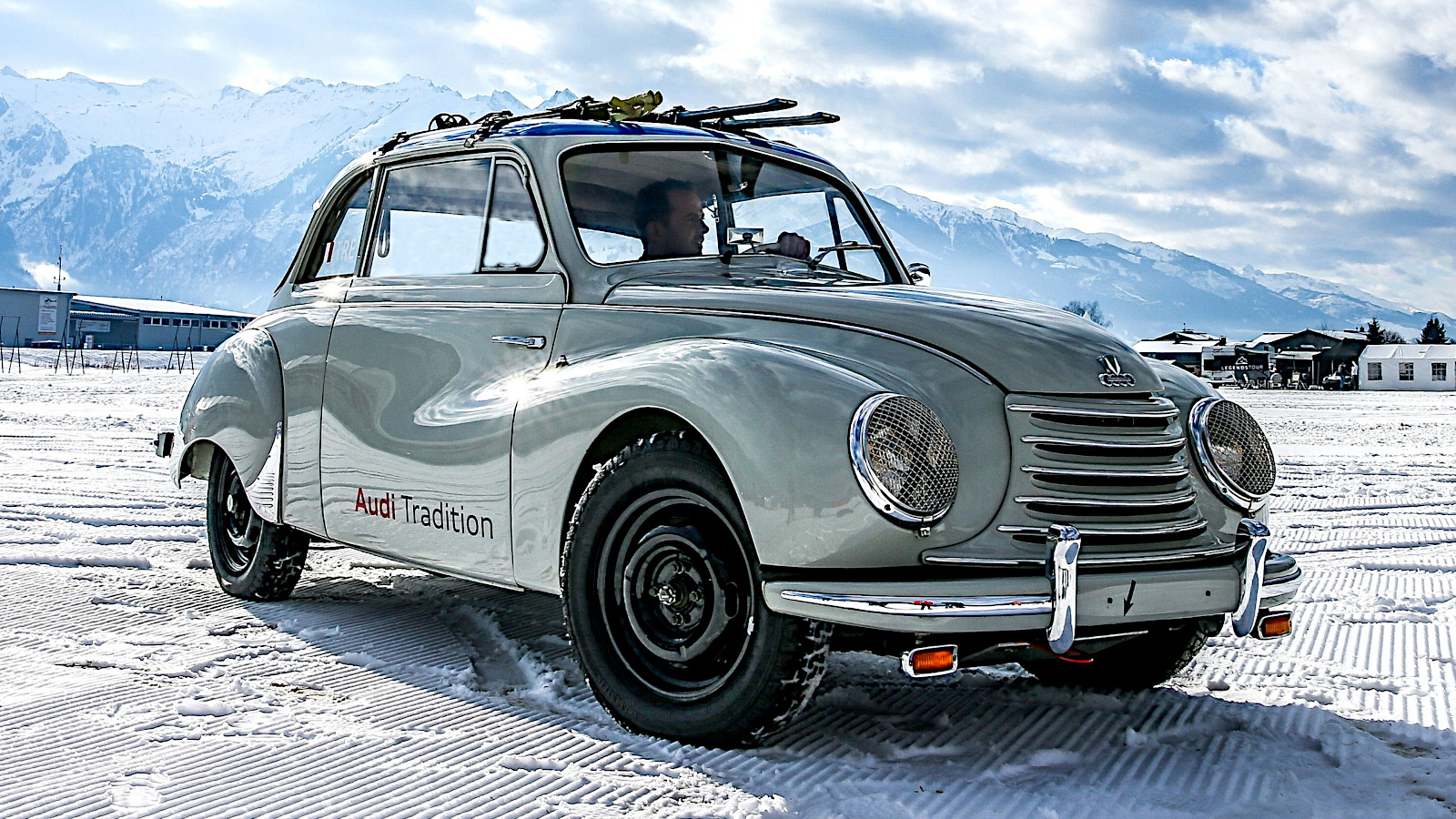 © Audi
© Audi -
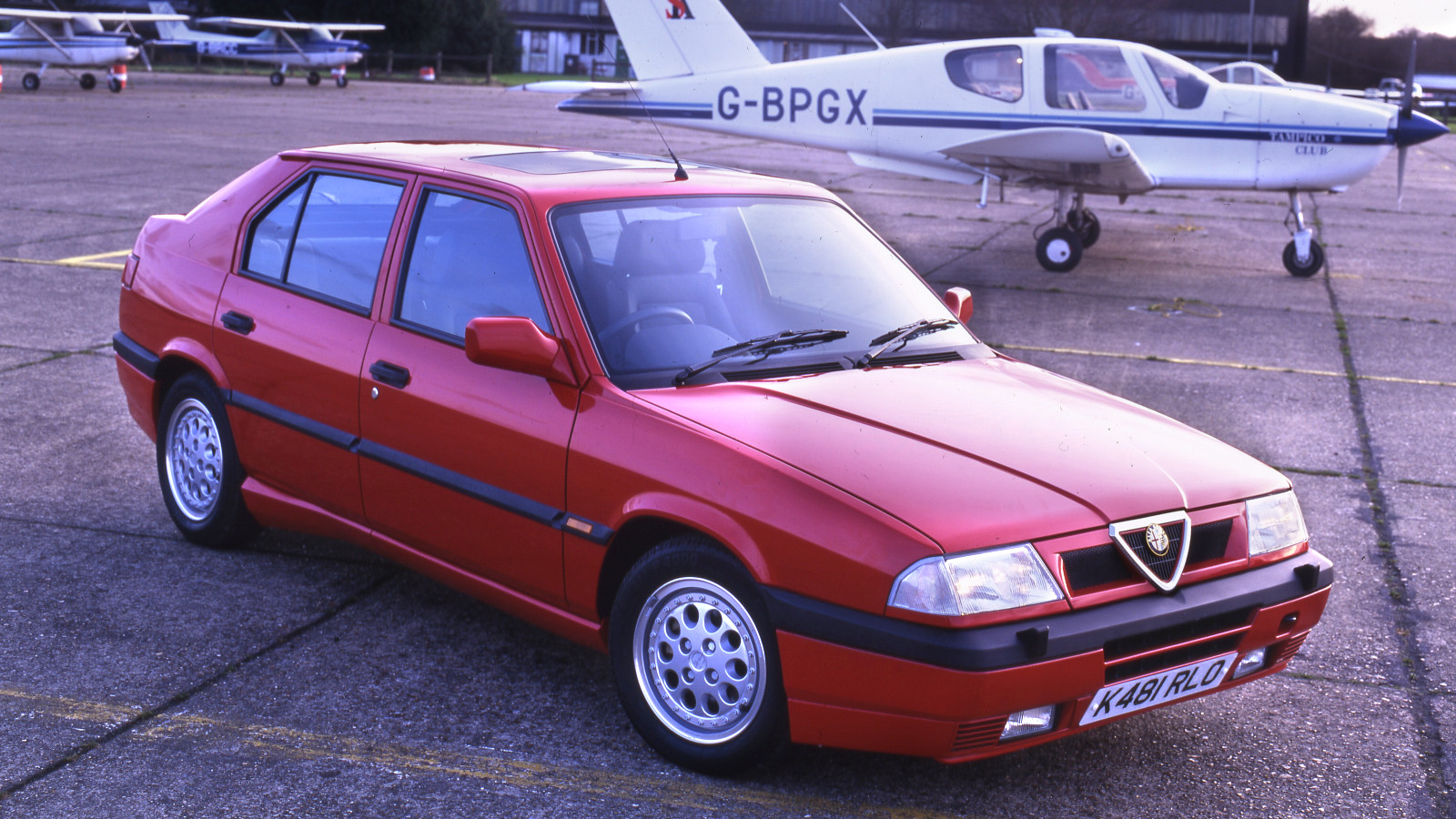 © Stellantis
© Stellantis -
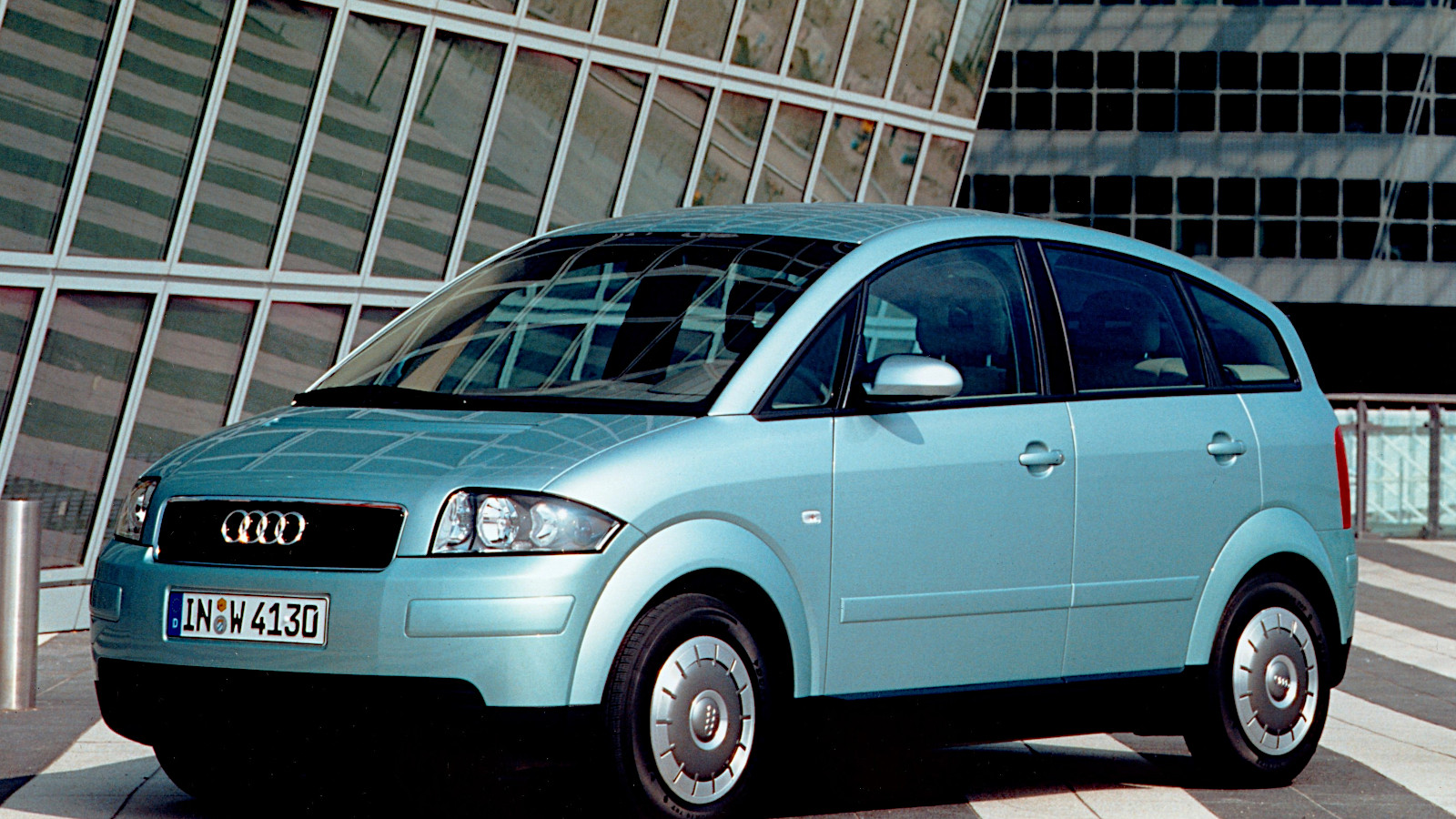 © Audi
© Audi -
 © Max Edleston/Classic & Sports Car
© Max Edleston/Classic & Sports Car -
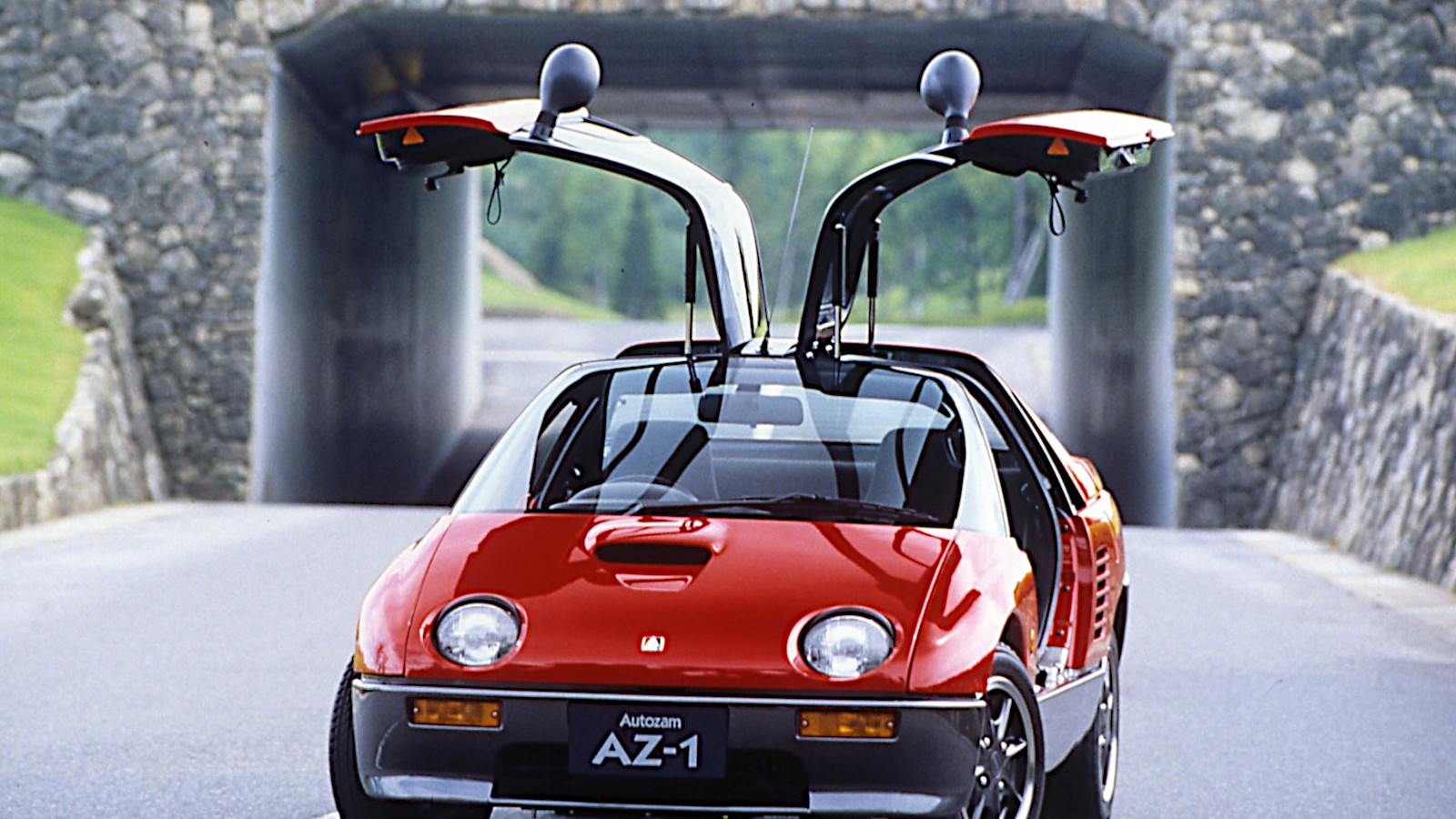 © Newspress
© Newspress -
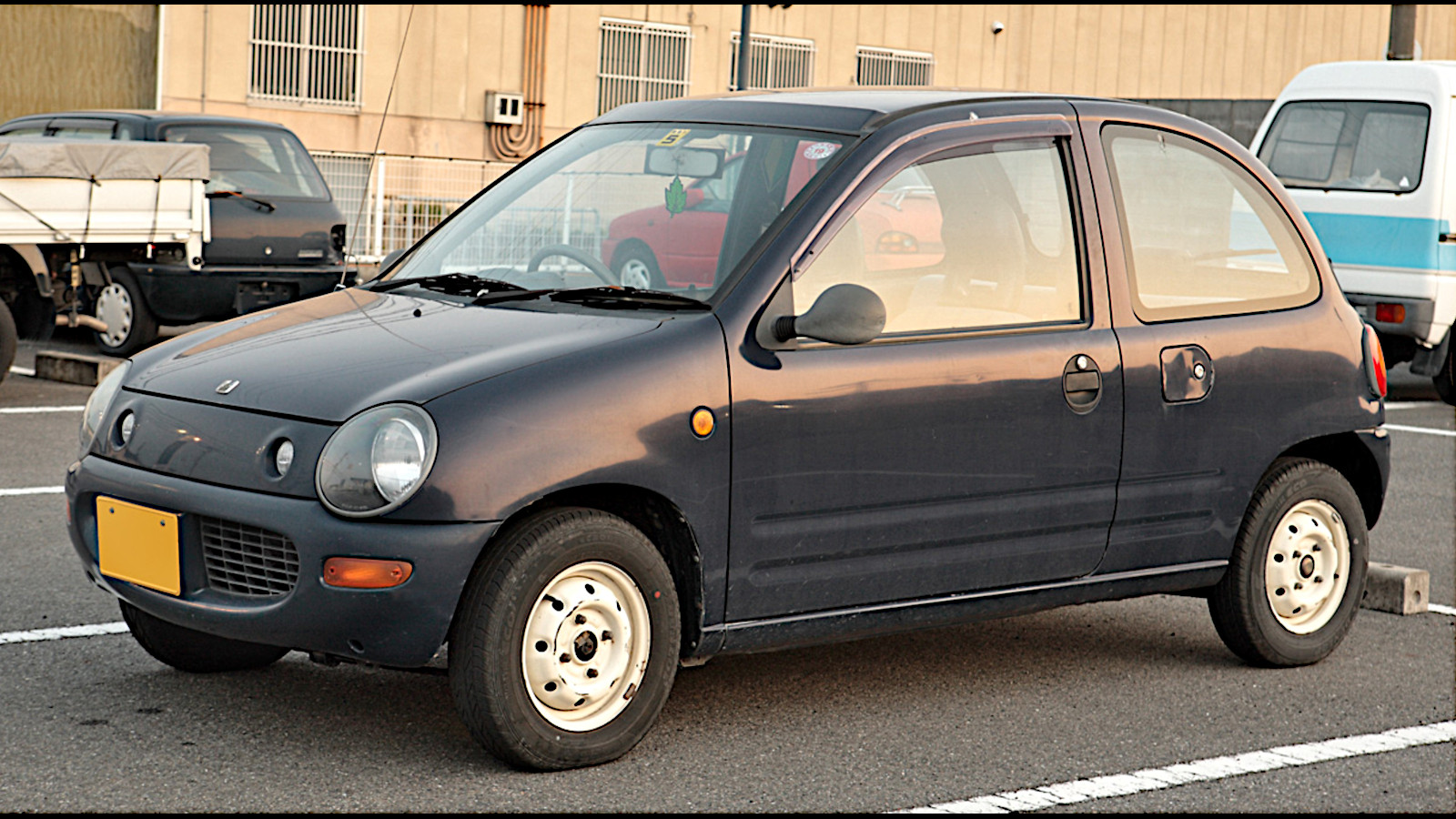 © Tennen-Gas/Creative Commons https://creativecommons.org/licenses/by-sa/3.0/legalcode
© Tennen-Gas/Creative Commons https://creativecommons.org/licenses/by-sa/3.0/legalcode -
 © RM Sotheby’s
© RM Sotheby’s -
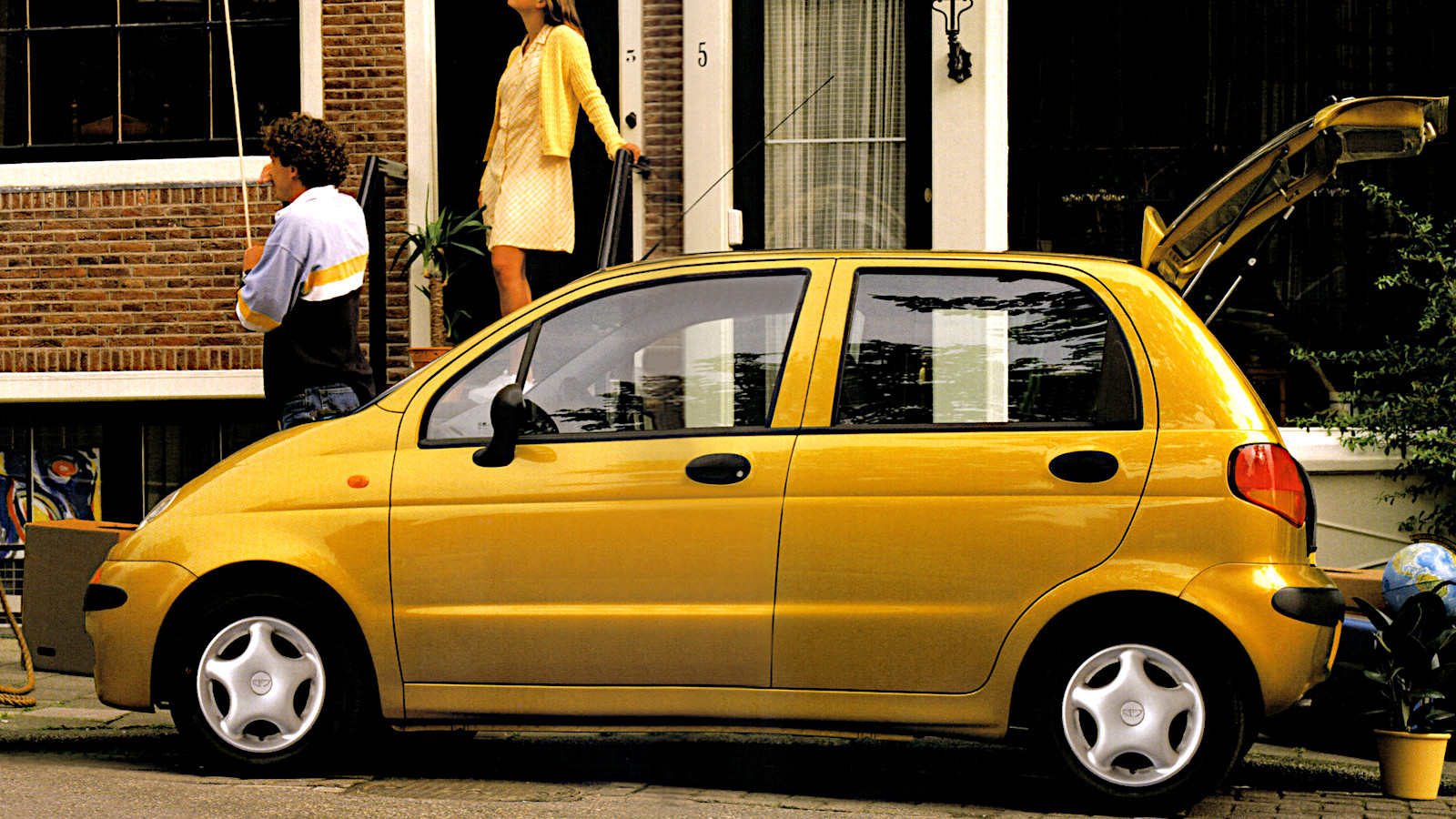 © GM
© GM -
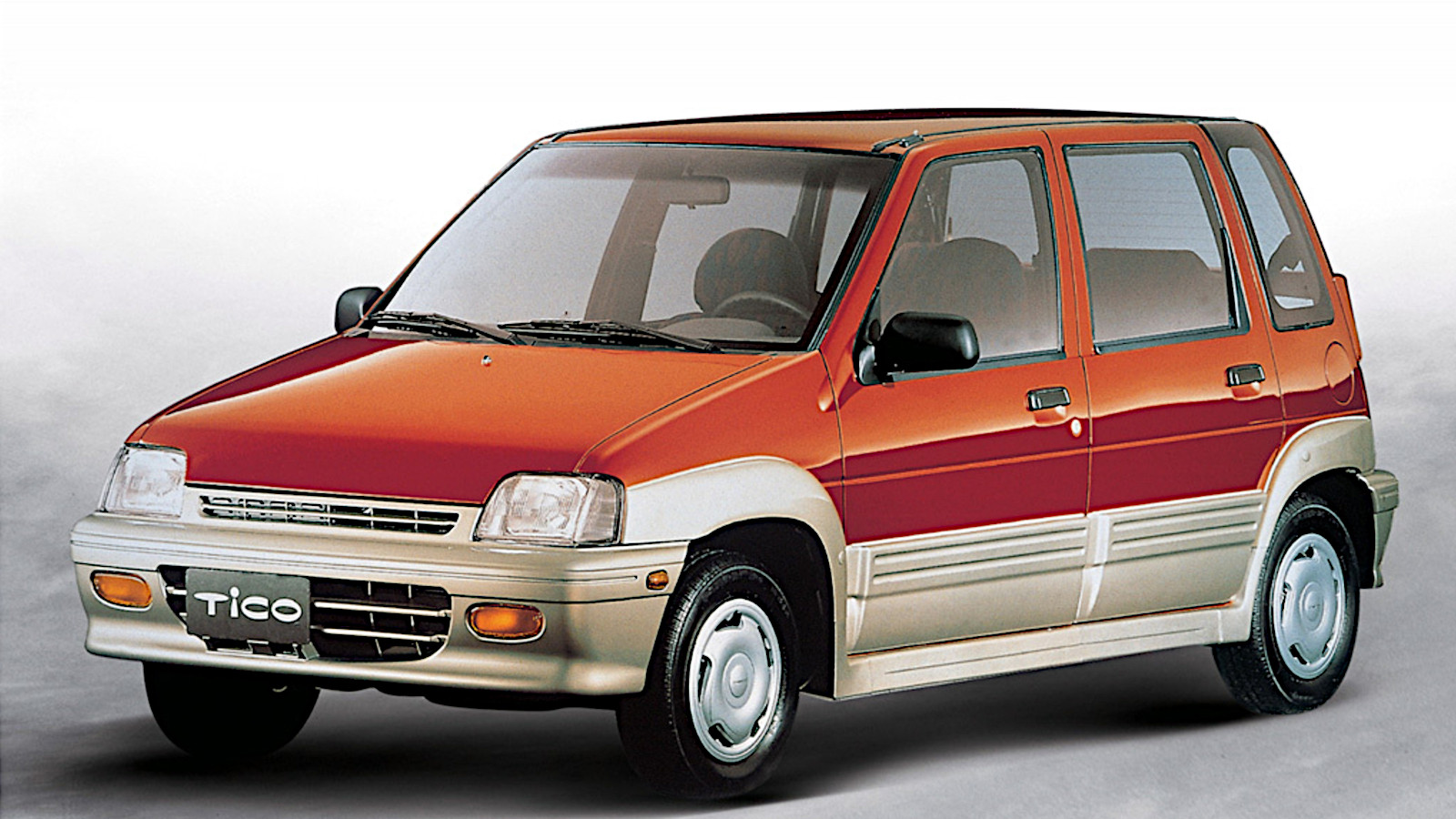 © GM
© GM -
 © Daihatsu
© Daihatsu -
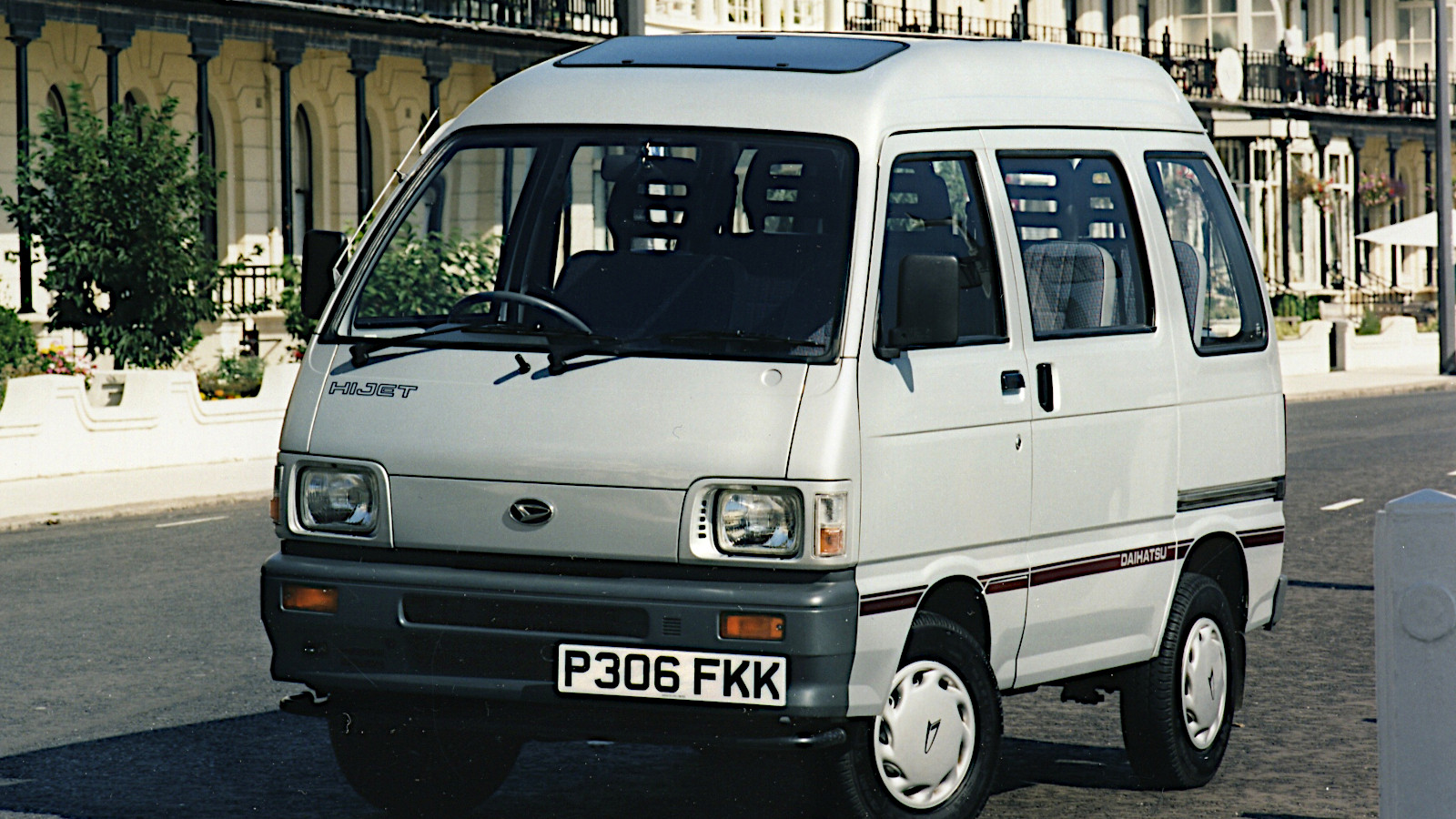 © Daihatsu
© Daihatsu -
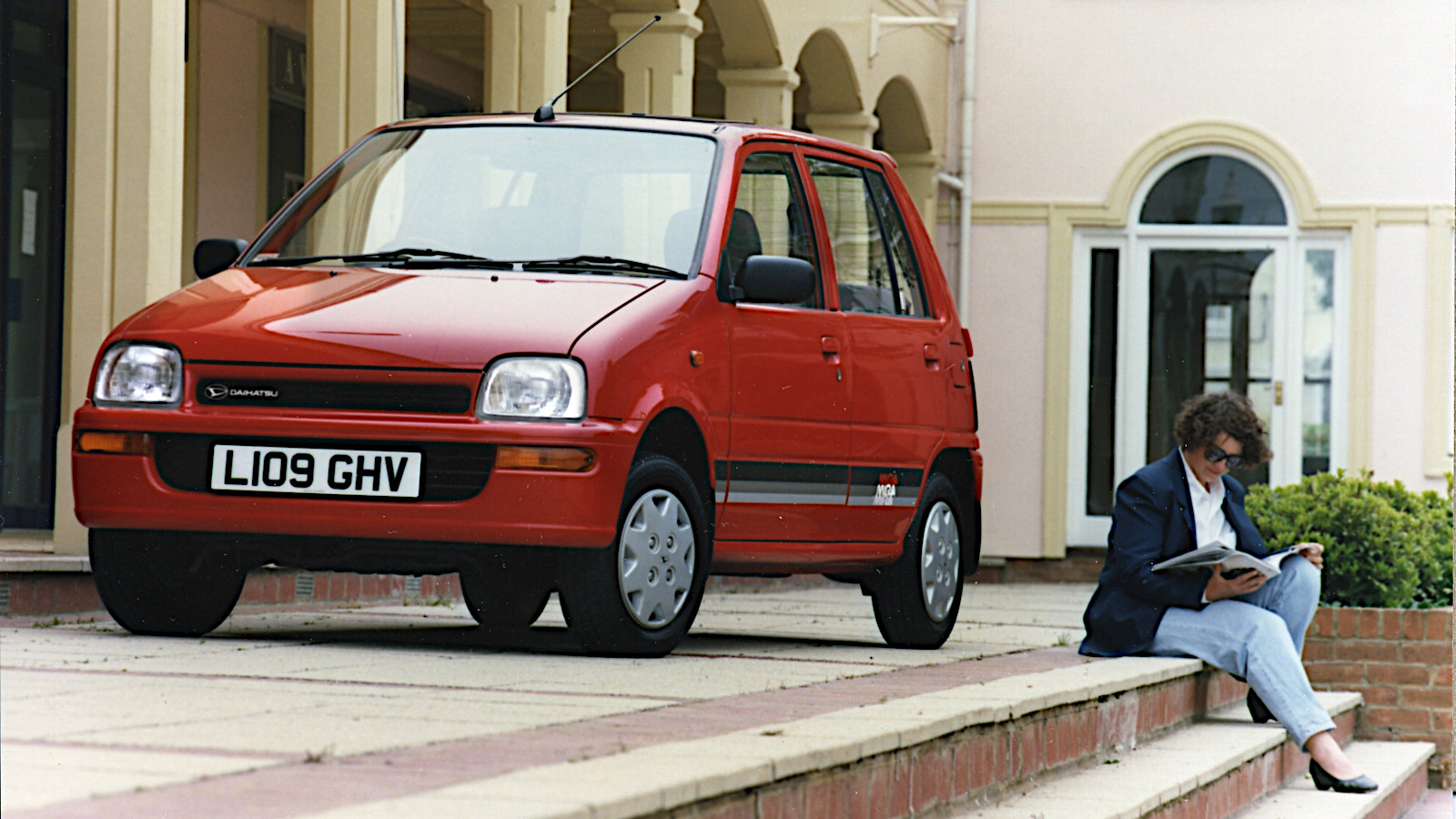 © Daihatsu
© Daihatsu -
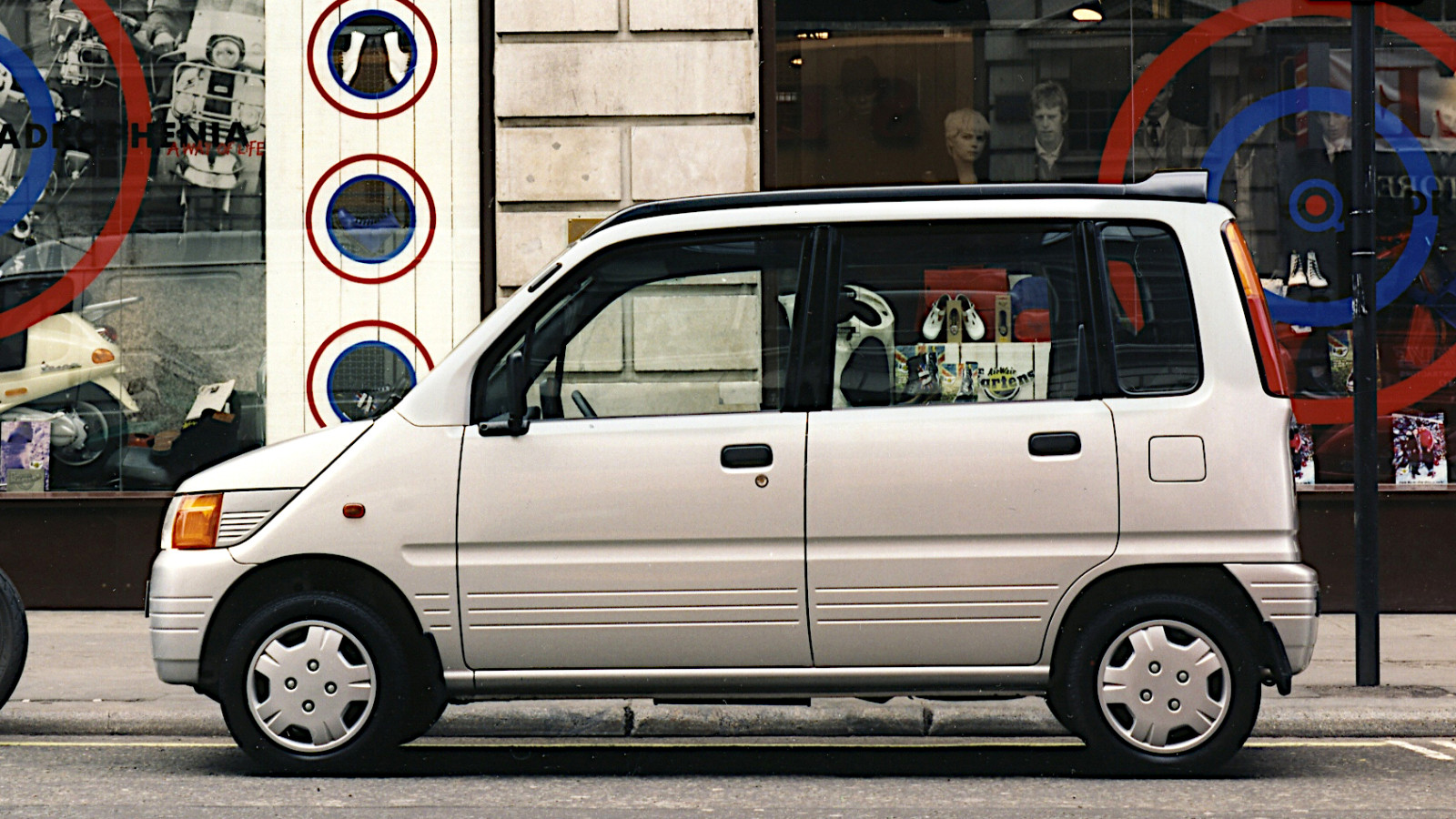 © Daihatsu
© Daihatsu -
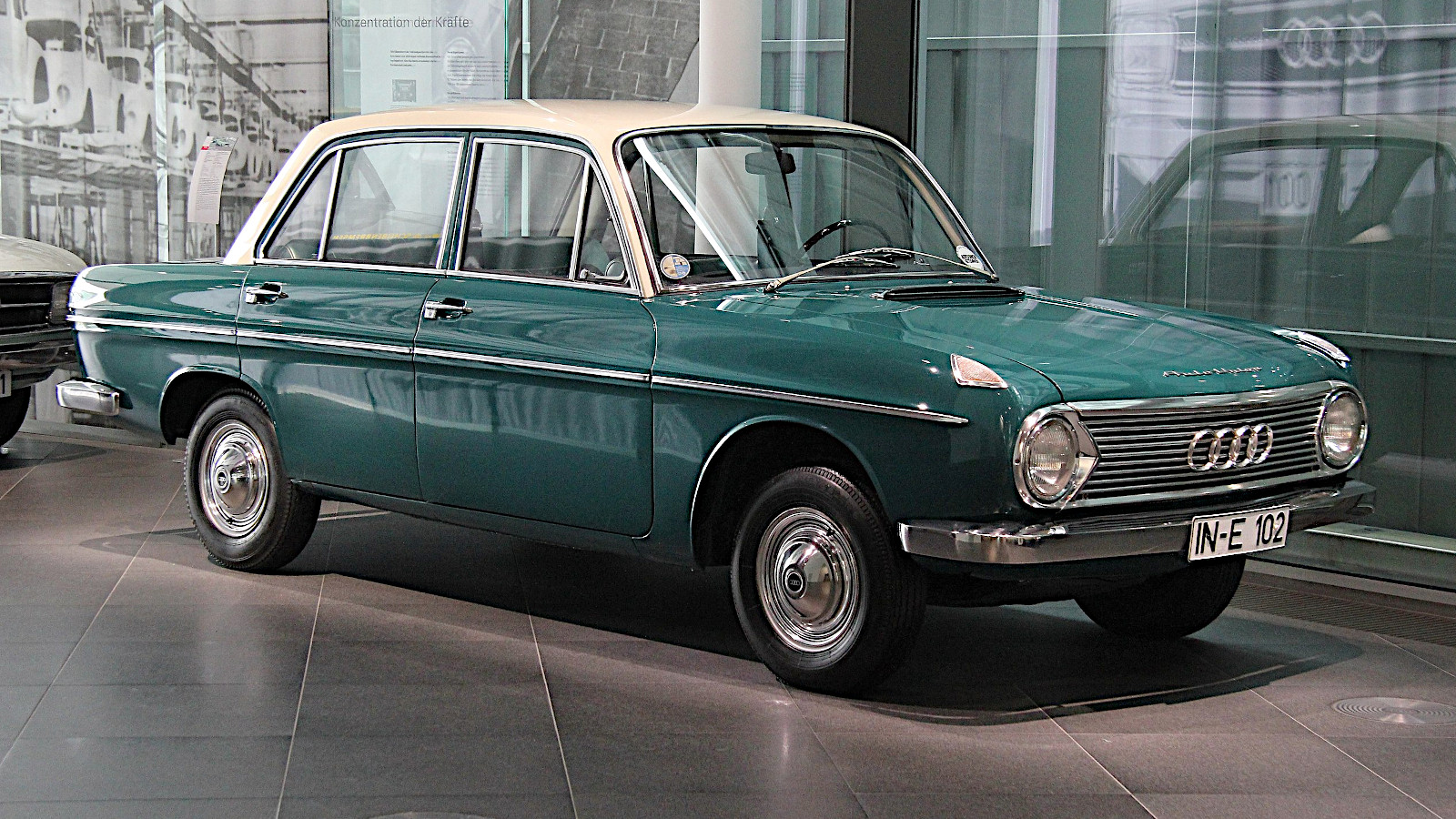 © Lothar Spurzem/Creative Commons https://creativecommons.org/licenses/by-sa/2.0/de/legalcode
© Lothar Spurzem/Creative Commons https://creativecommons.org/licenses/by-sa/2.0/de/legalcode -
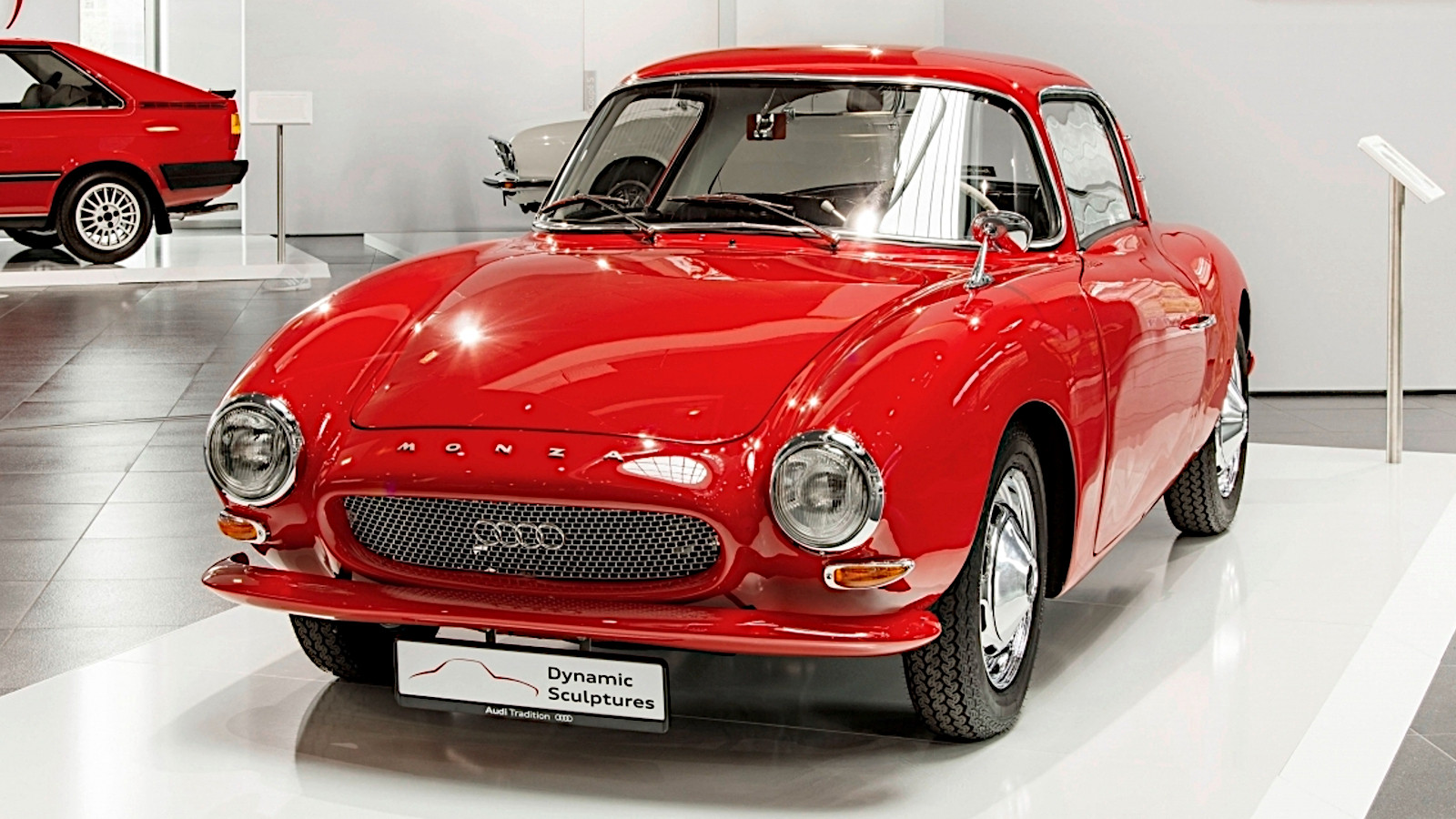 © Audi
© Audi -
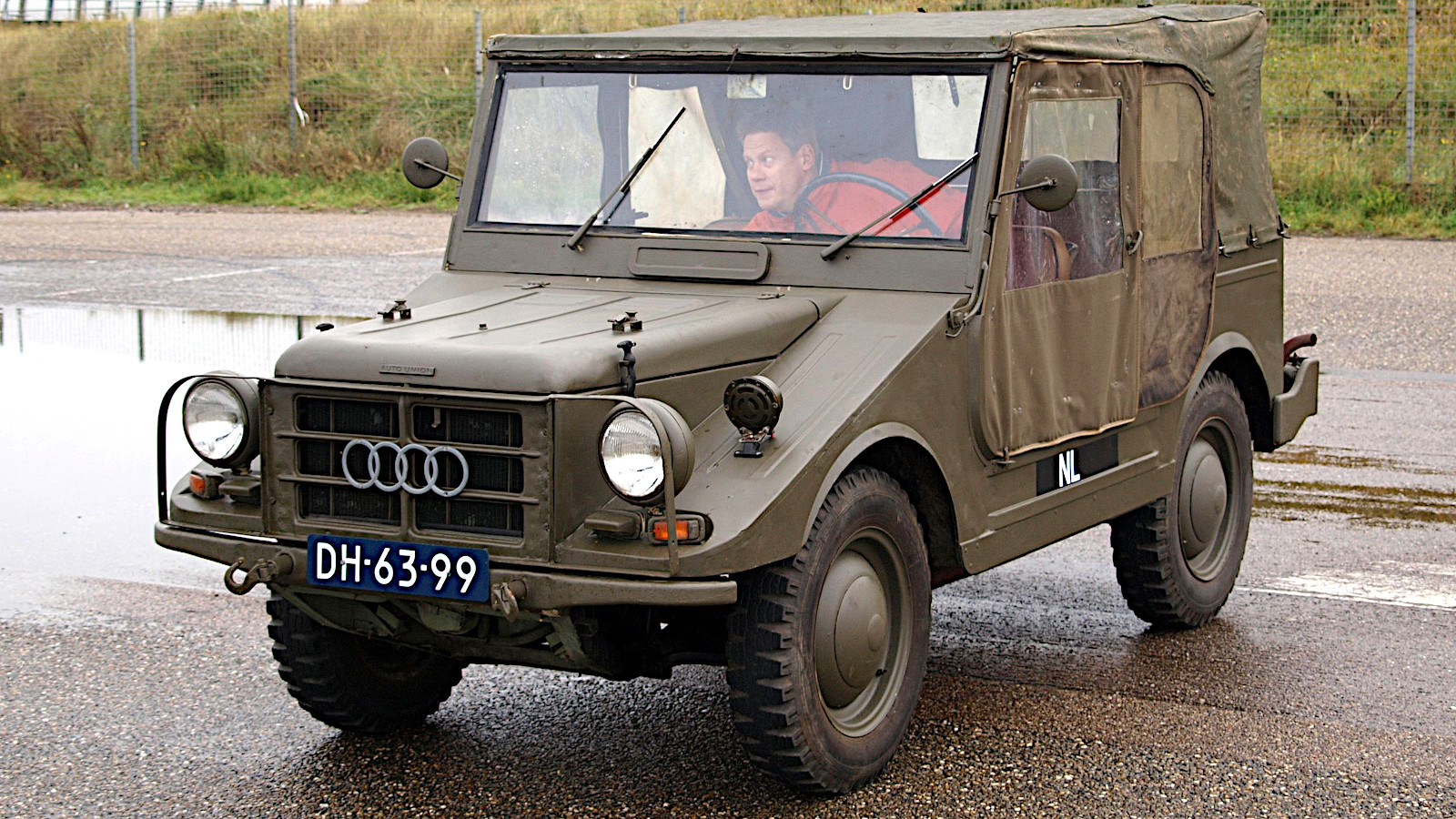 © Alf van Beem/public domain
© Alf van Beem/public domain -
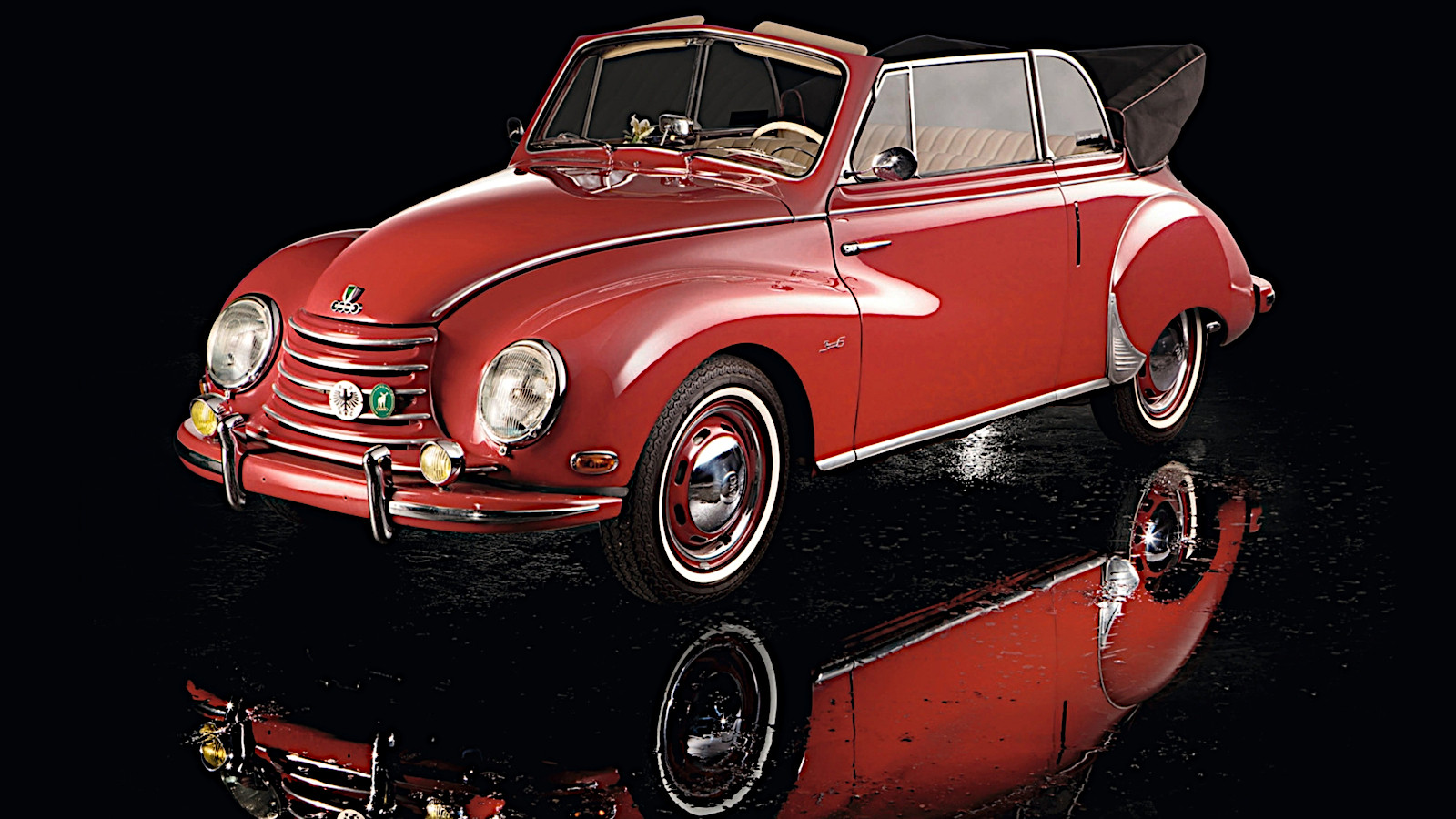 © Audi
© Audi -
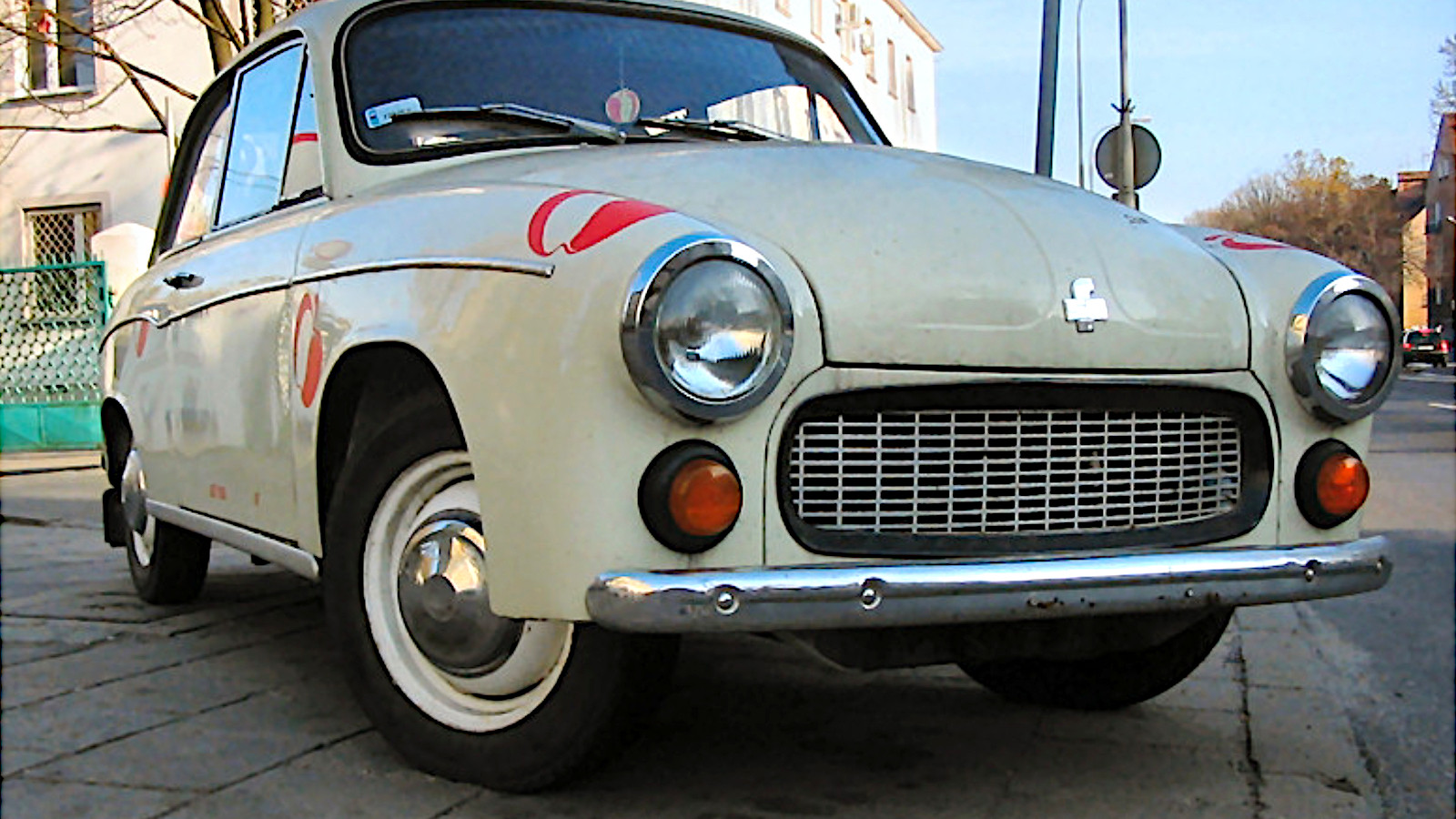 © Mohylek/public domain
© Mohylek/public domain -
 © Audi
© Audi -
 © Christian Bittmann/Classic & Sports Car
© Christian Bittmann/Classic & Sports Car -
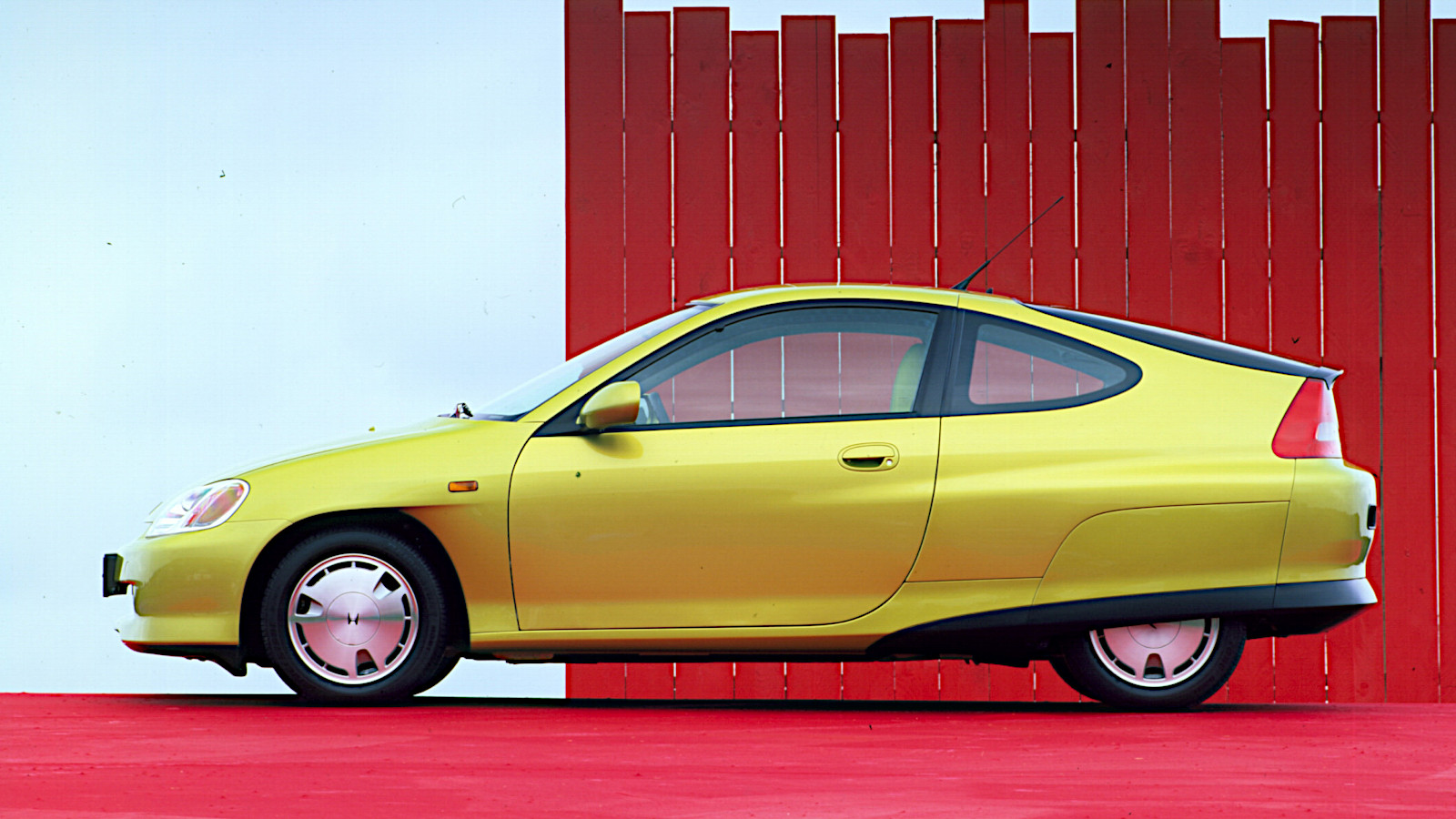 © Honda
© Honda -
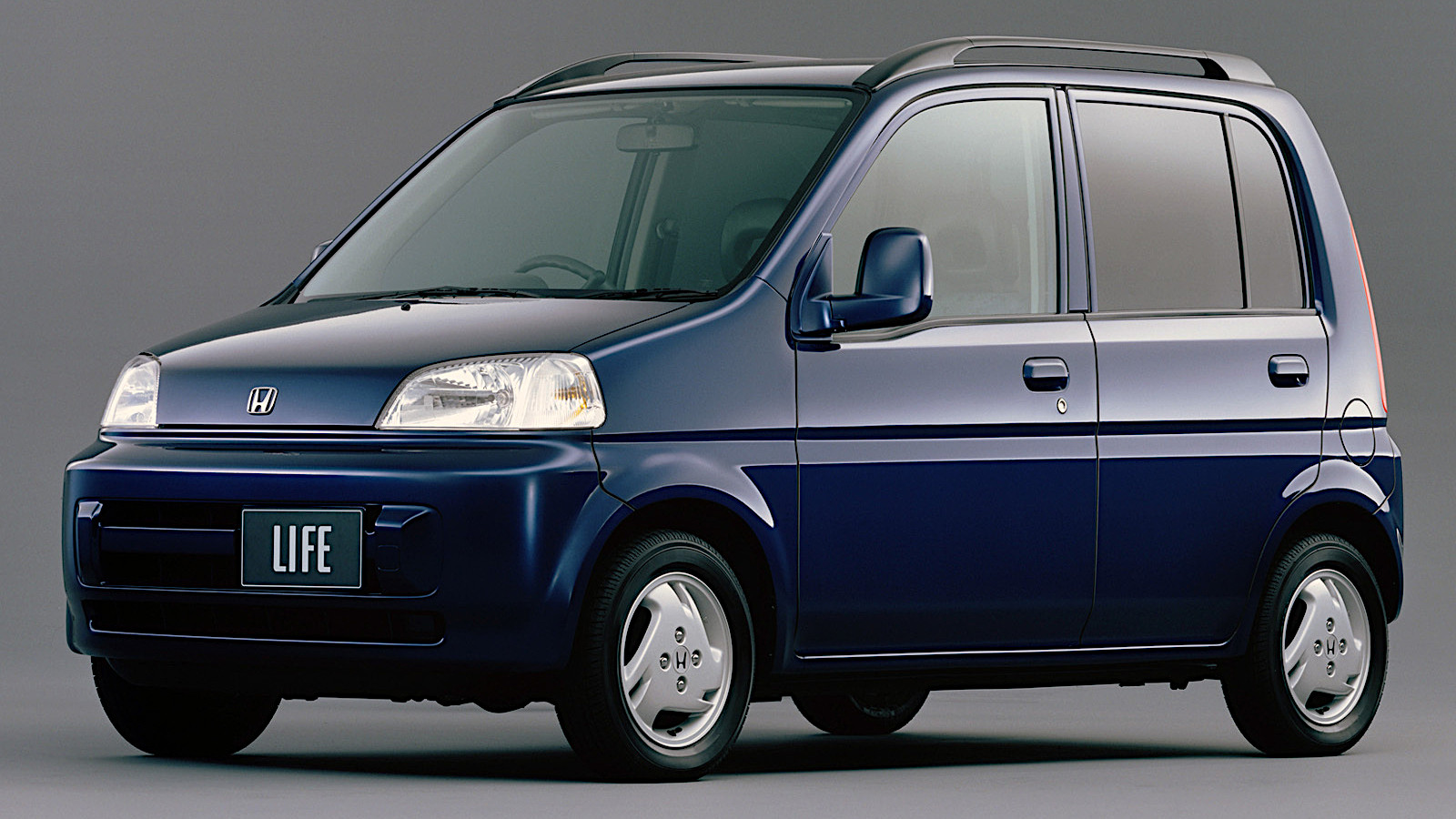 © Honda
© Honda -
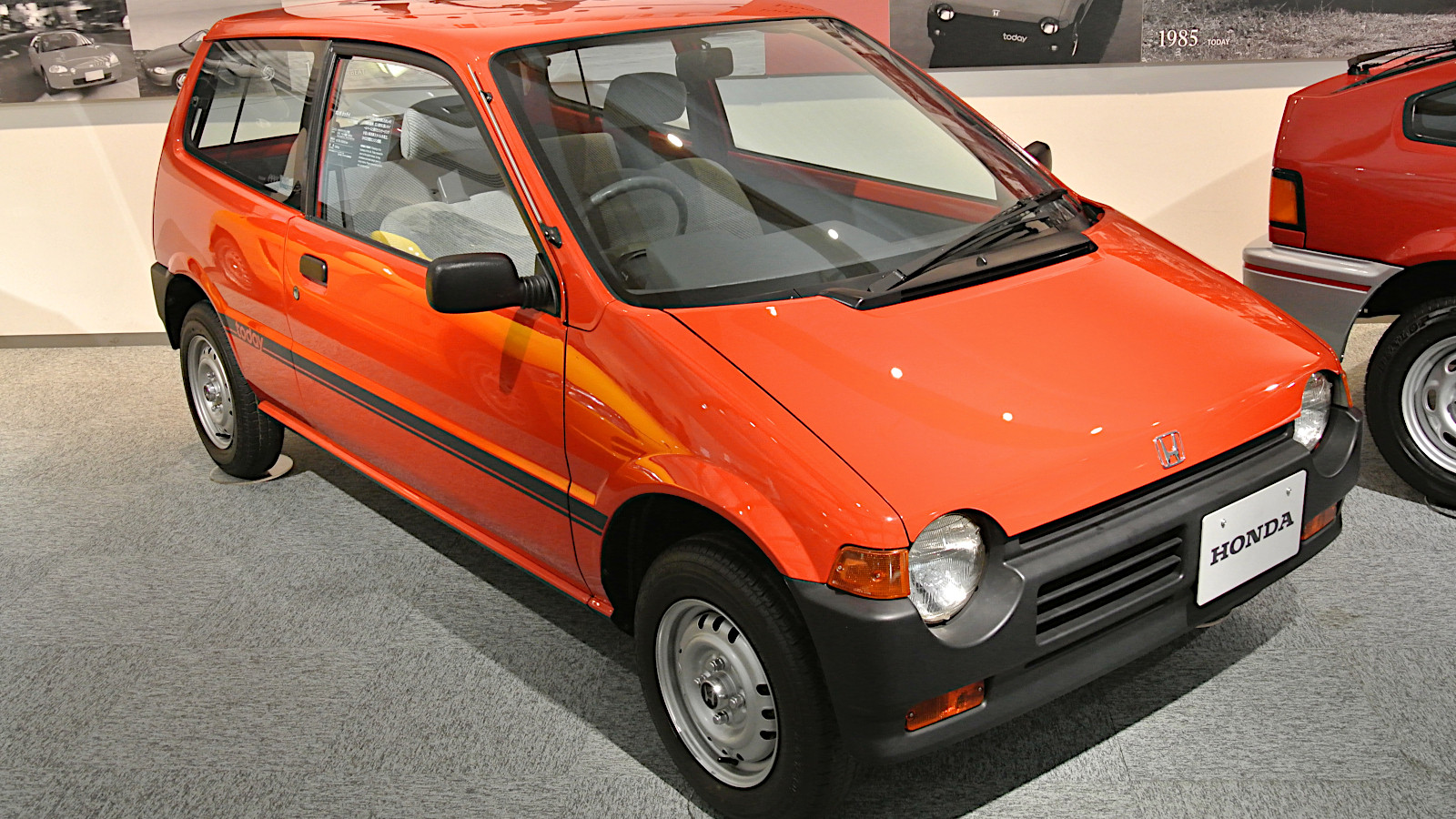 © Rainmaker47/Creative Commons licence https://creativecommons.org/licenses/by-sa/3.0/legalcode
© Rainmaker47/Creative Commons licence https://creativecommons.org/licenses/by-sa/3.0/legalcode -
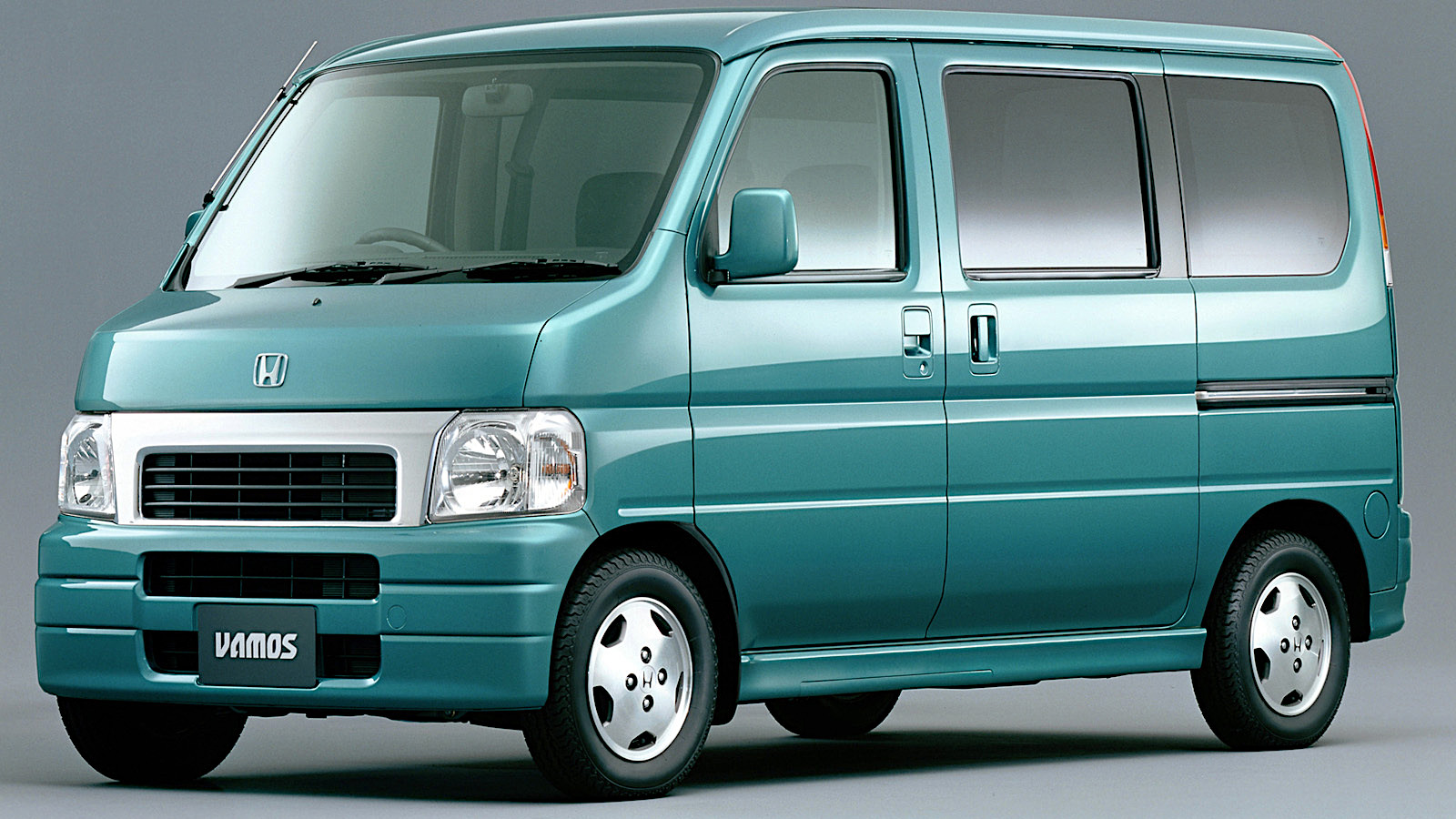 © Honda
© Honda -
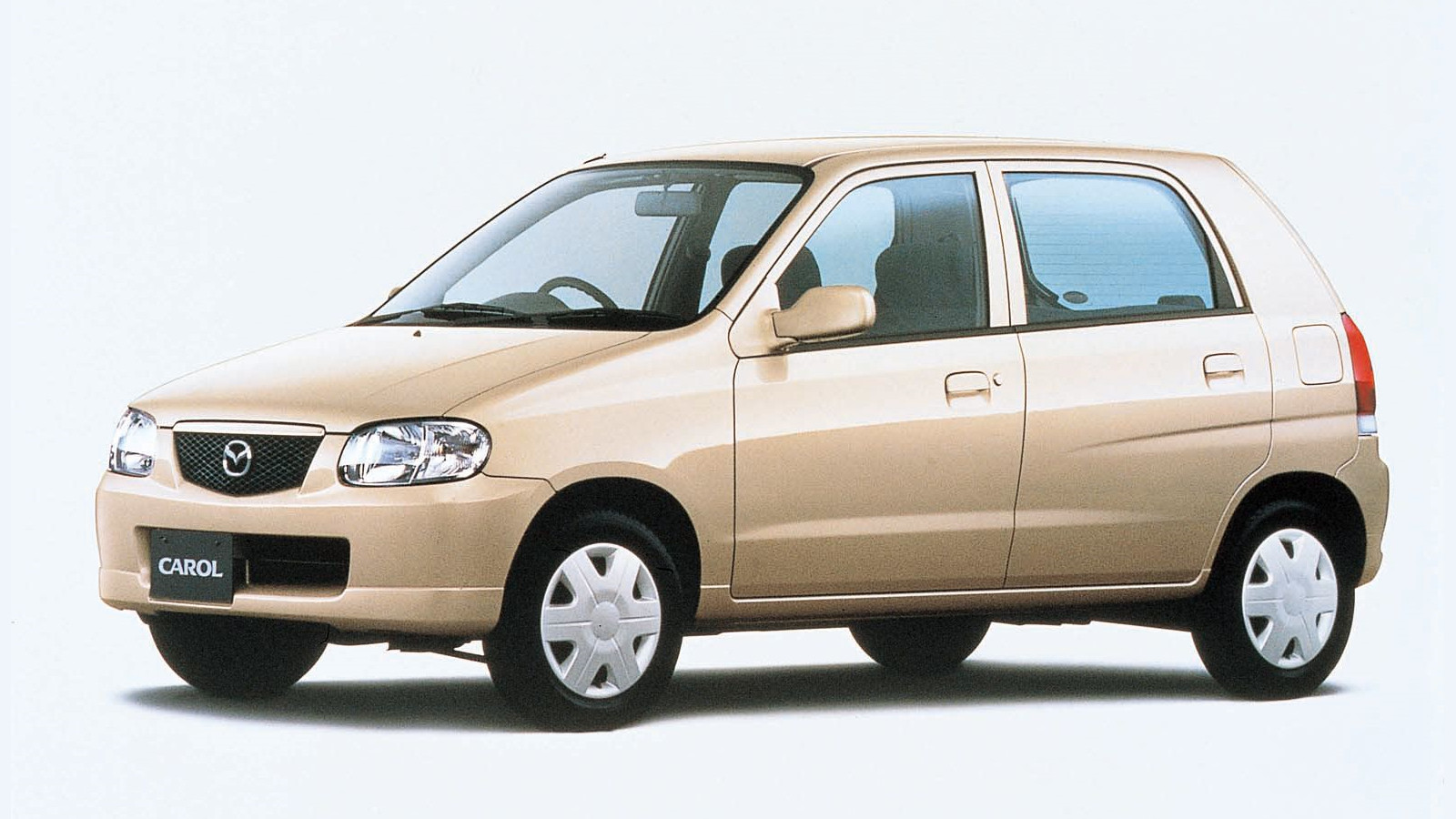 © Mazda
© Mazda -
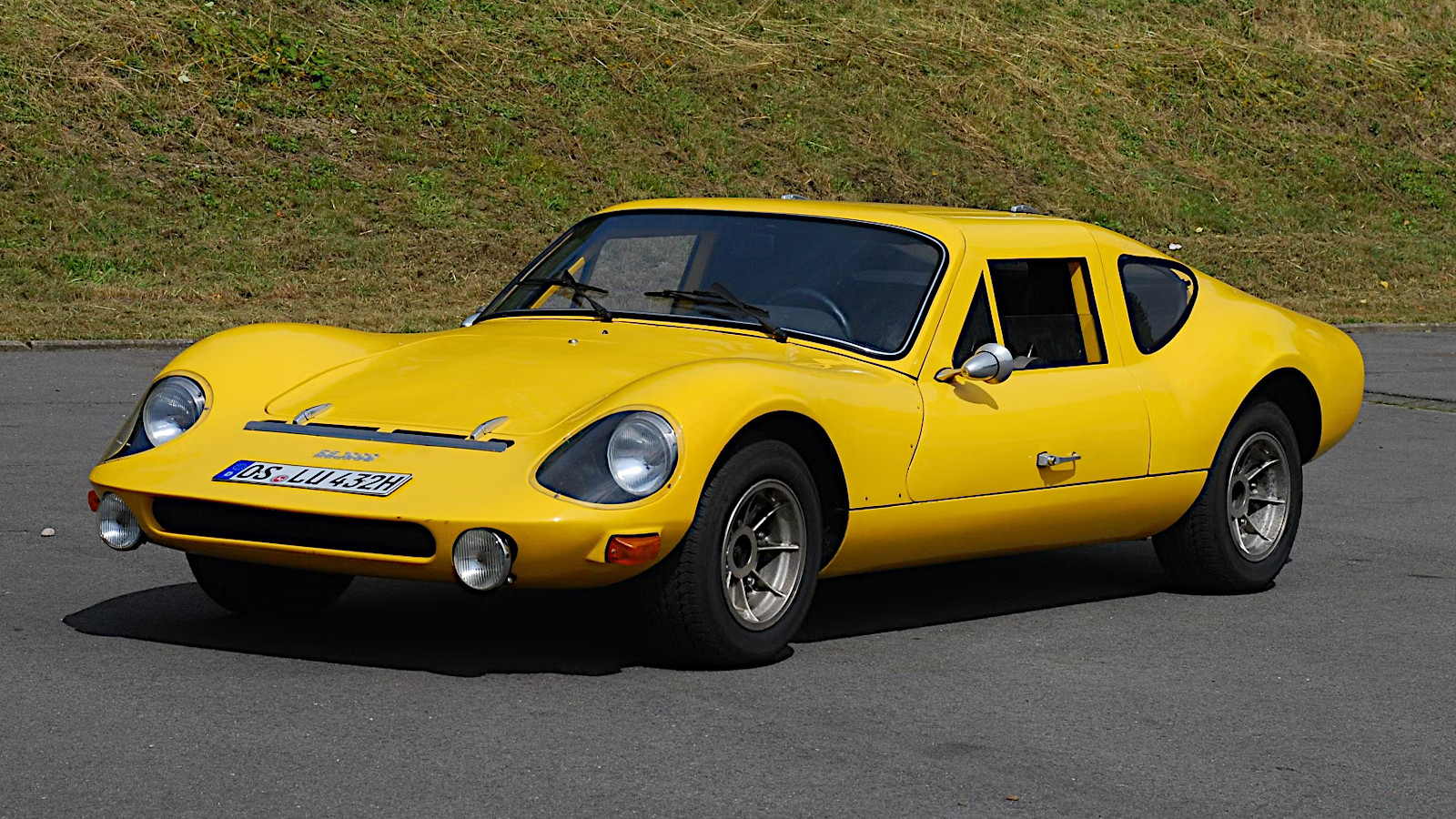 © Collecting Cars
© Collecting Cars -
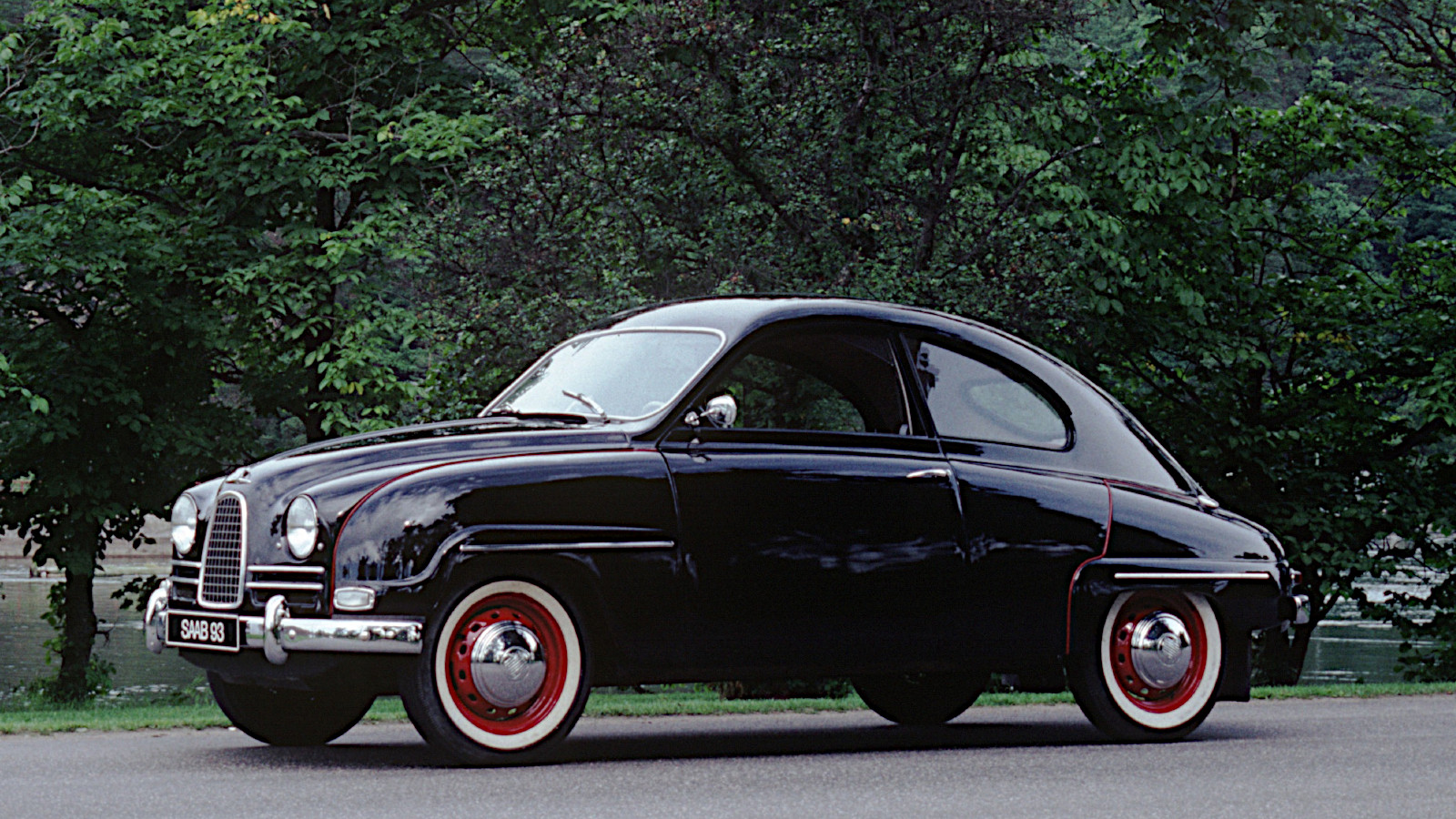 © Saab
© Saab -
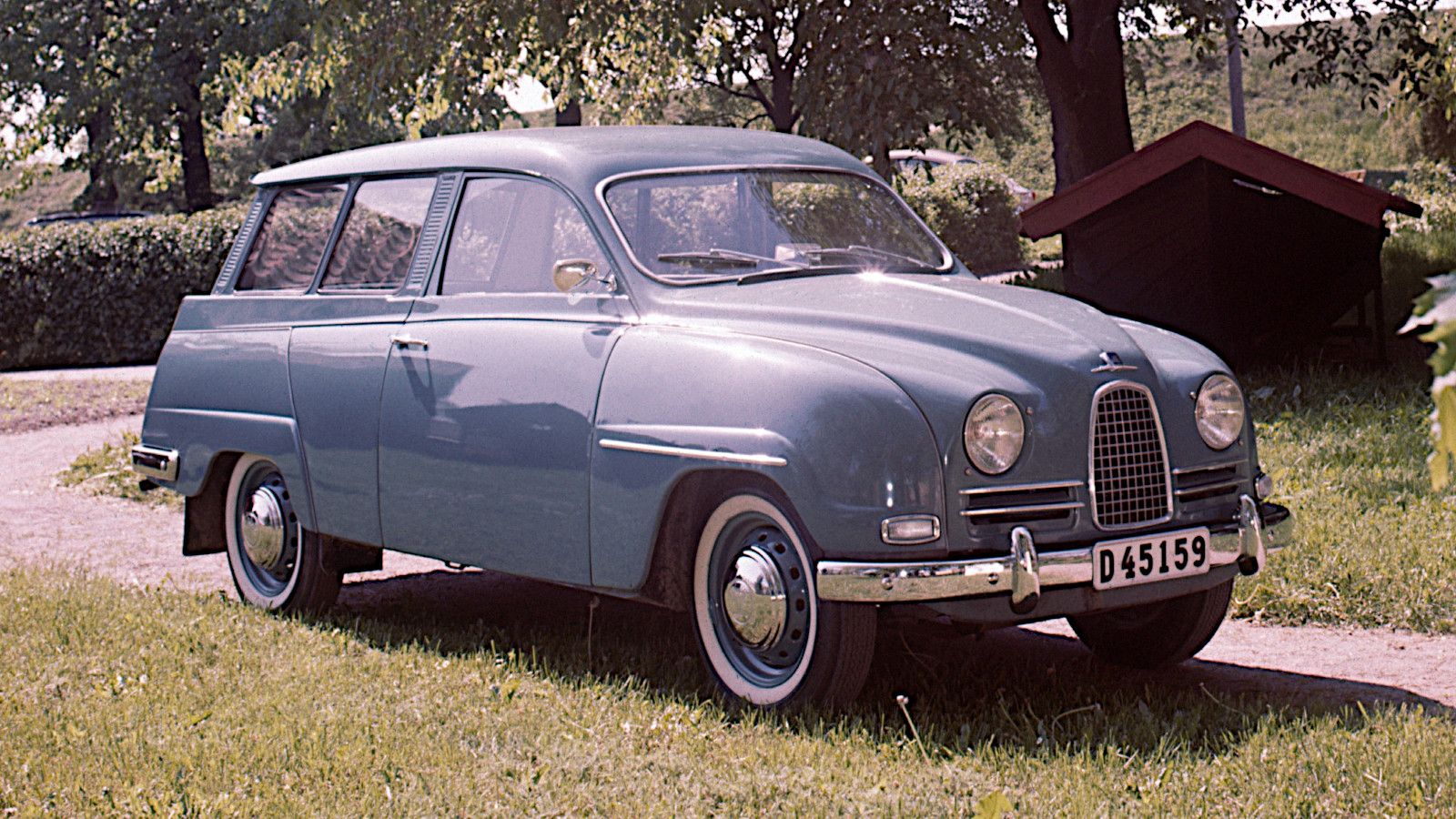 © Saab
© Saab -
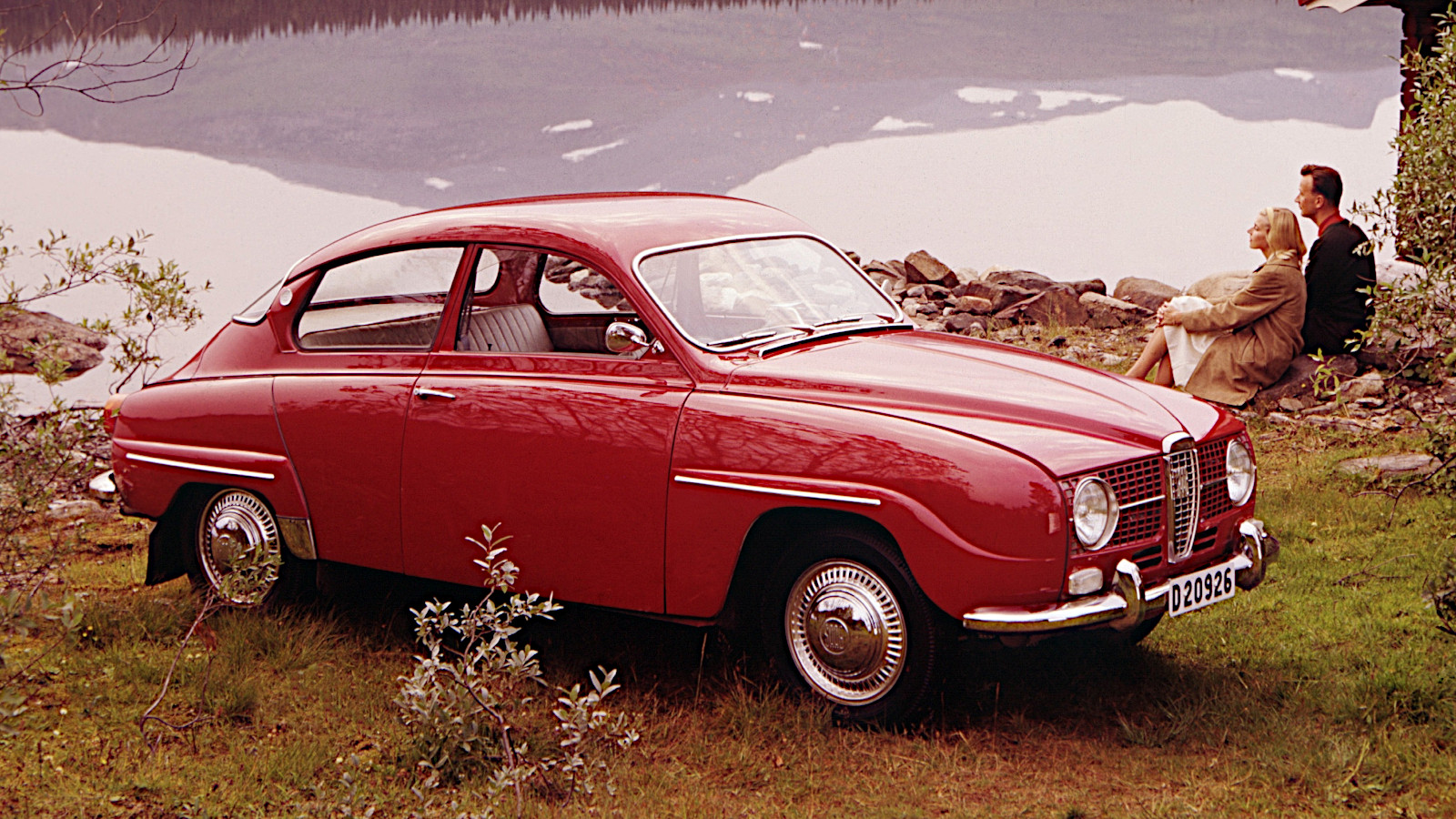 © Saab
© Saab -
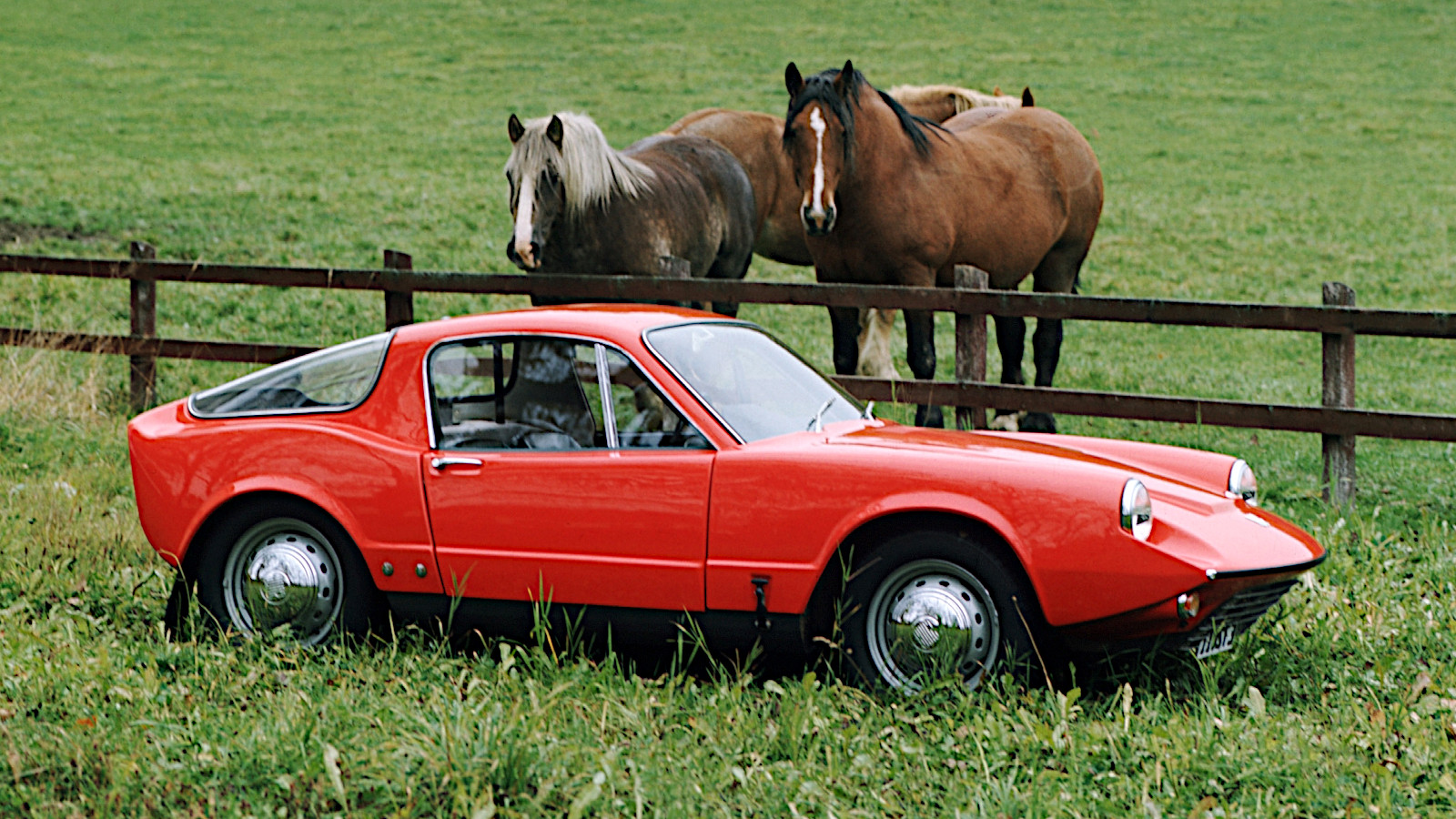 © Saab
© Saab -
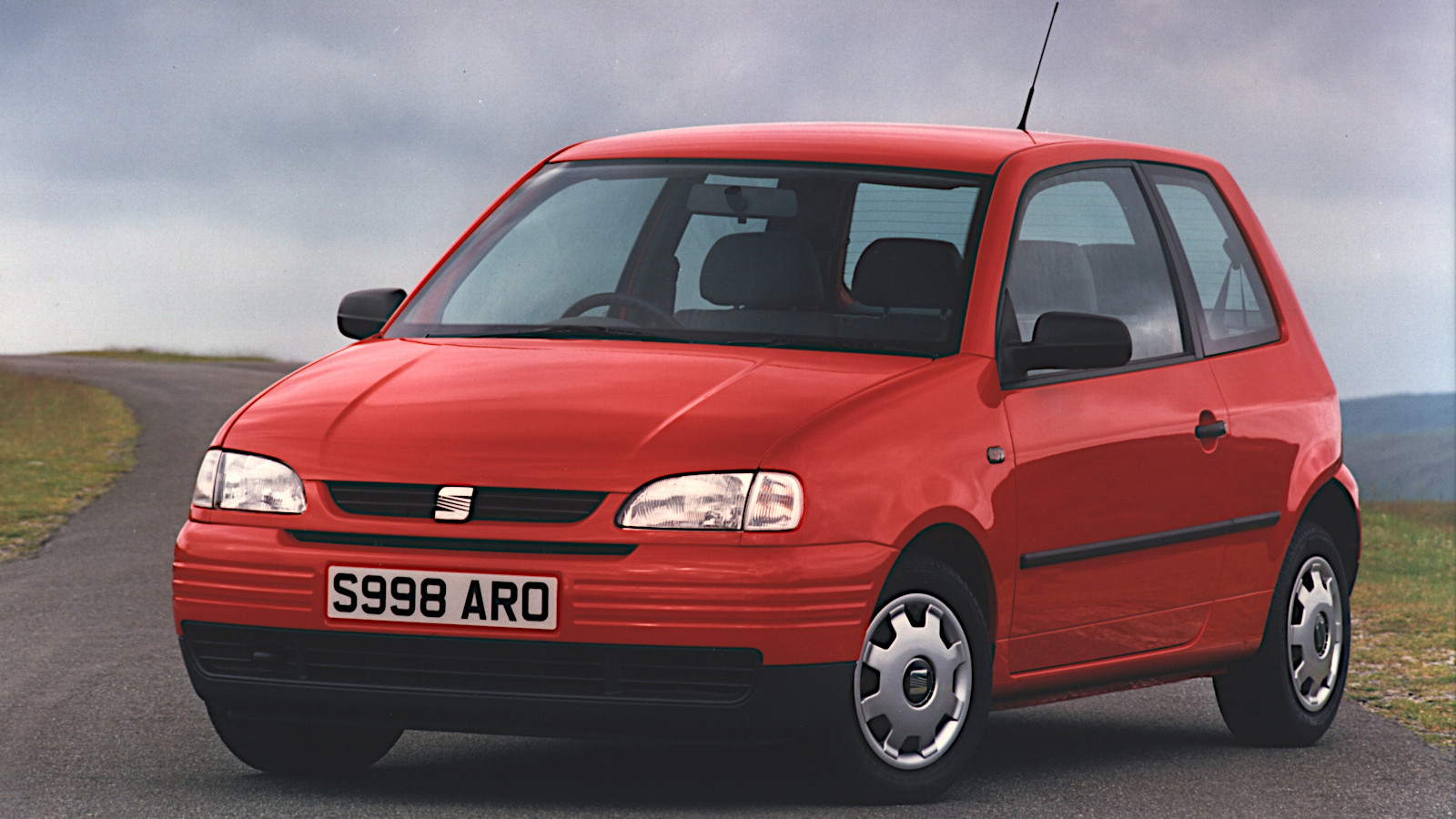 © Seat
© Seat -
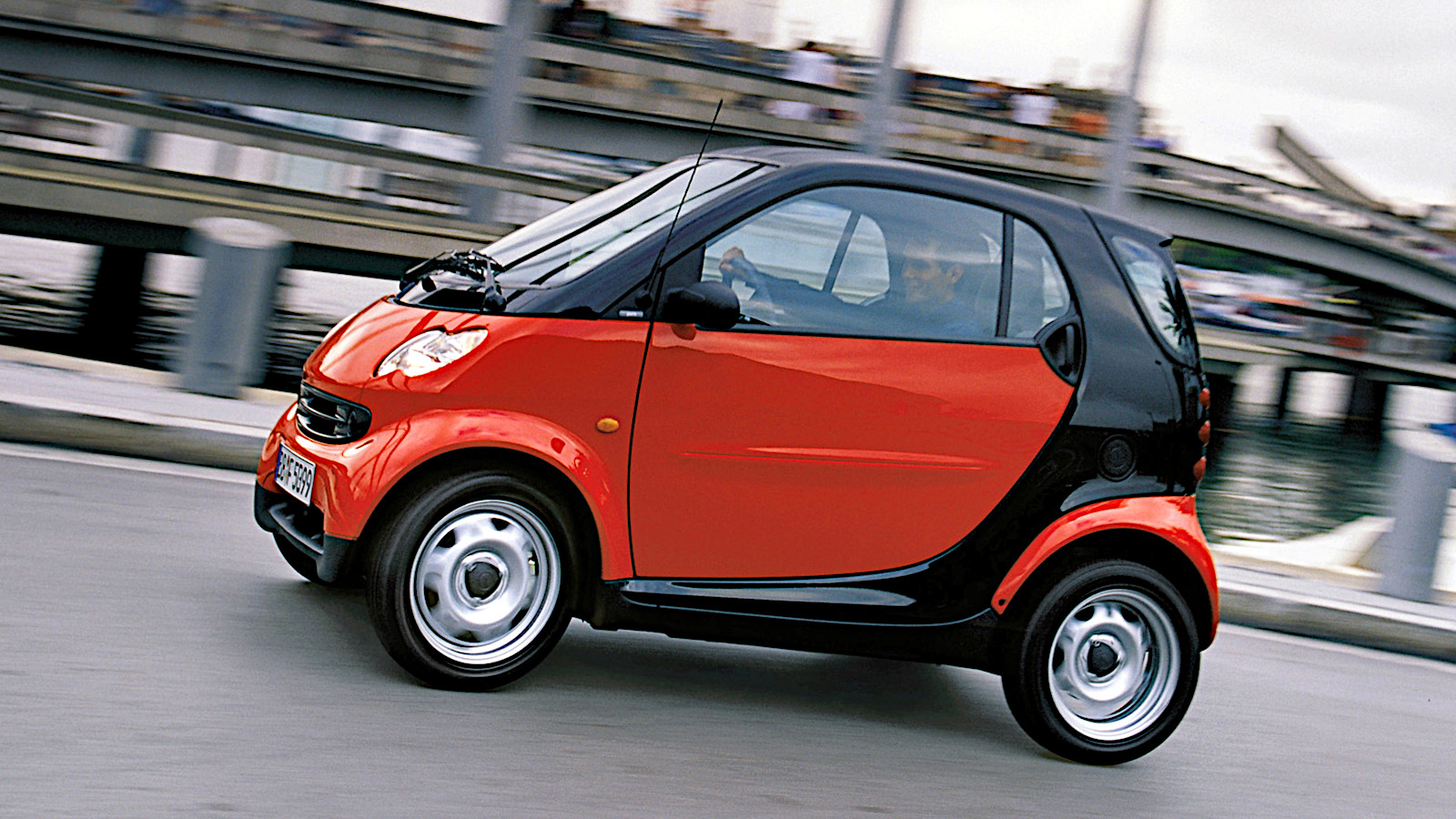 © Daimler
© Daimler -
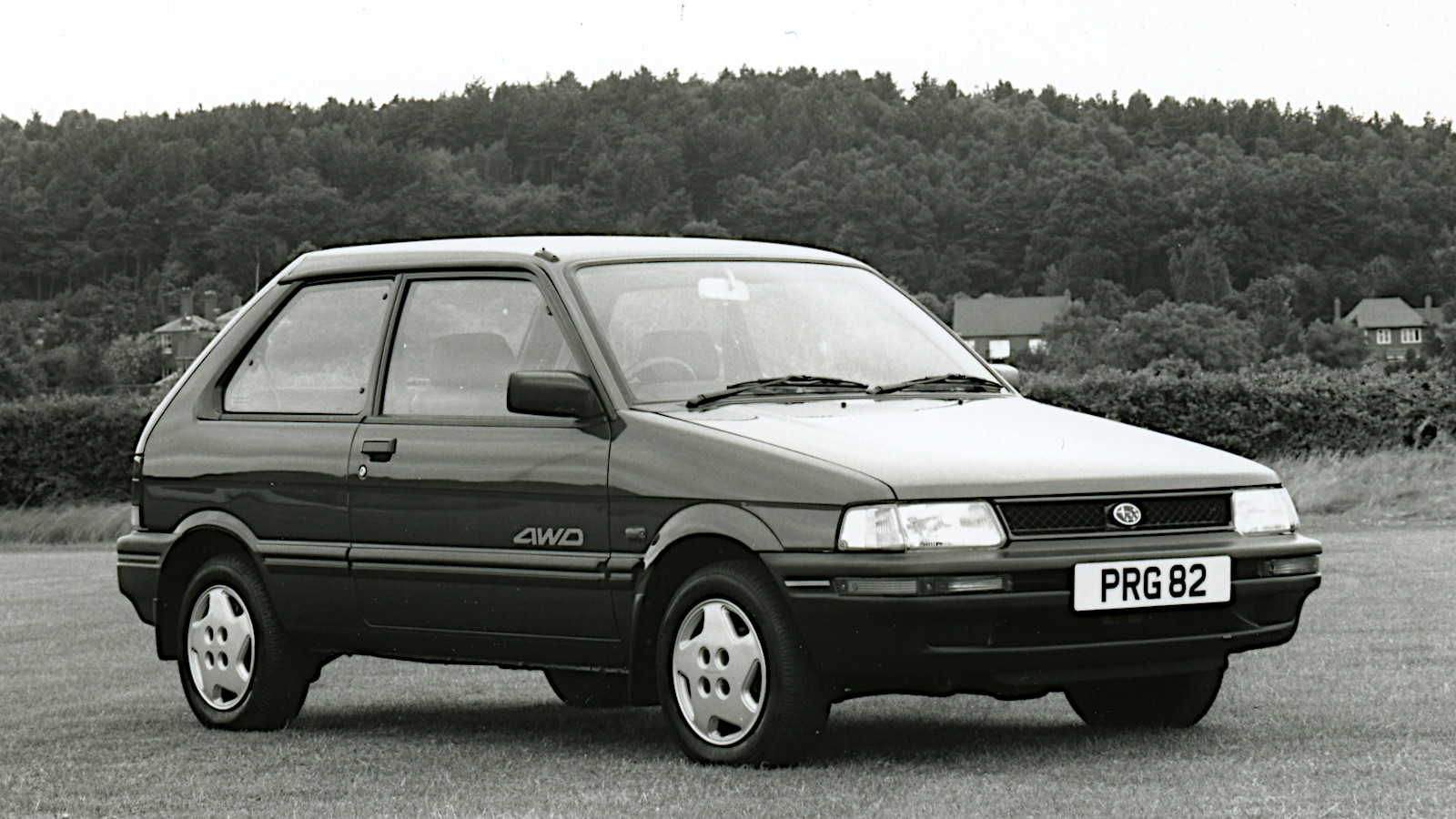 © Subaru
© Subaru -
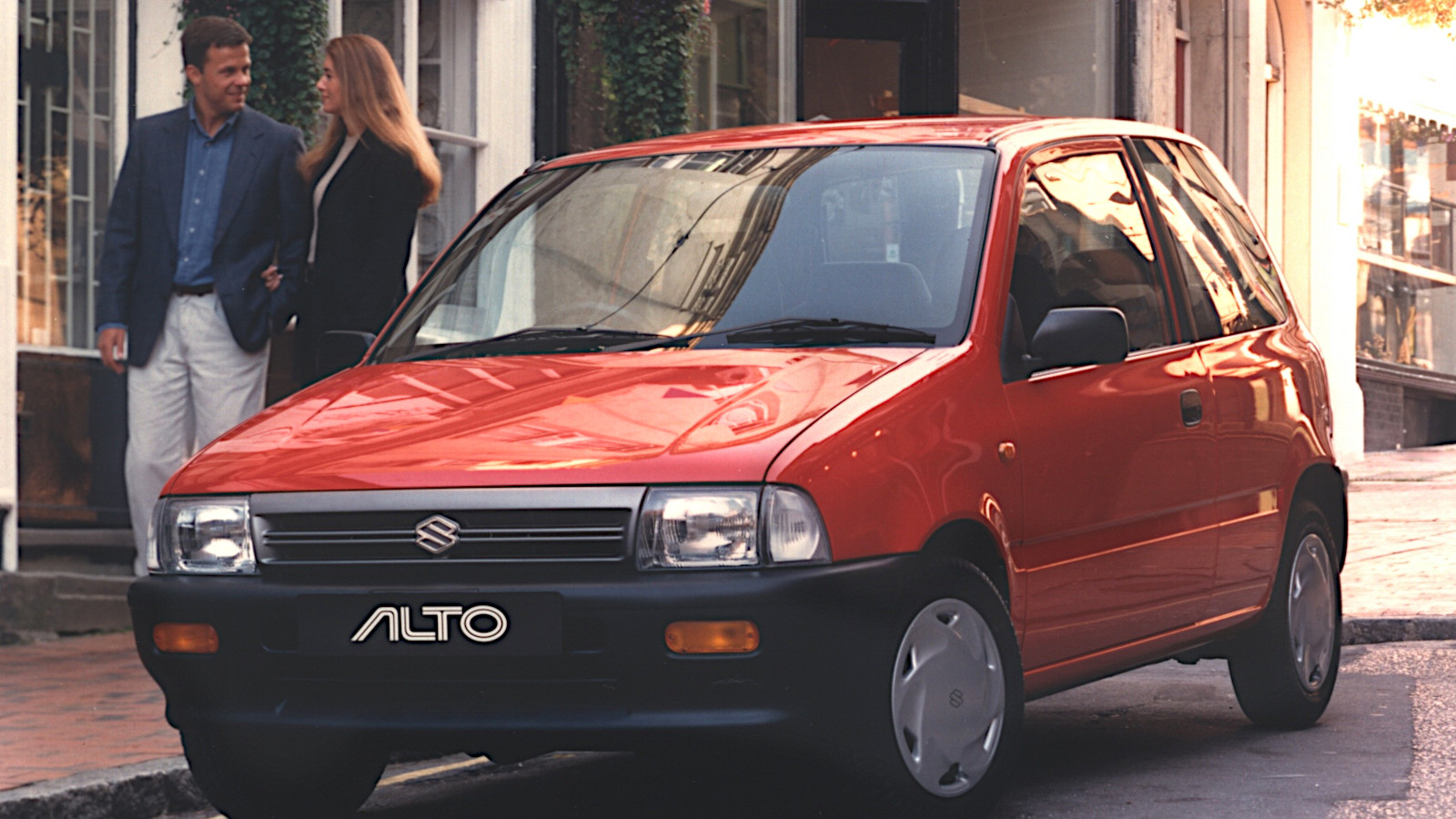 © Suzuki
© Suzuki -
 © Suzuki
© Suzuki -
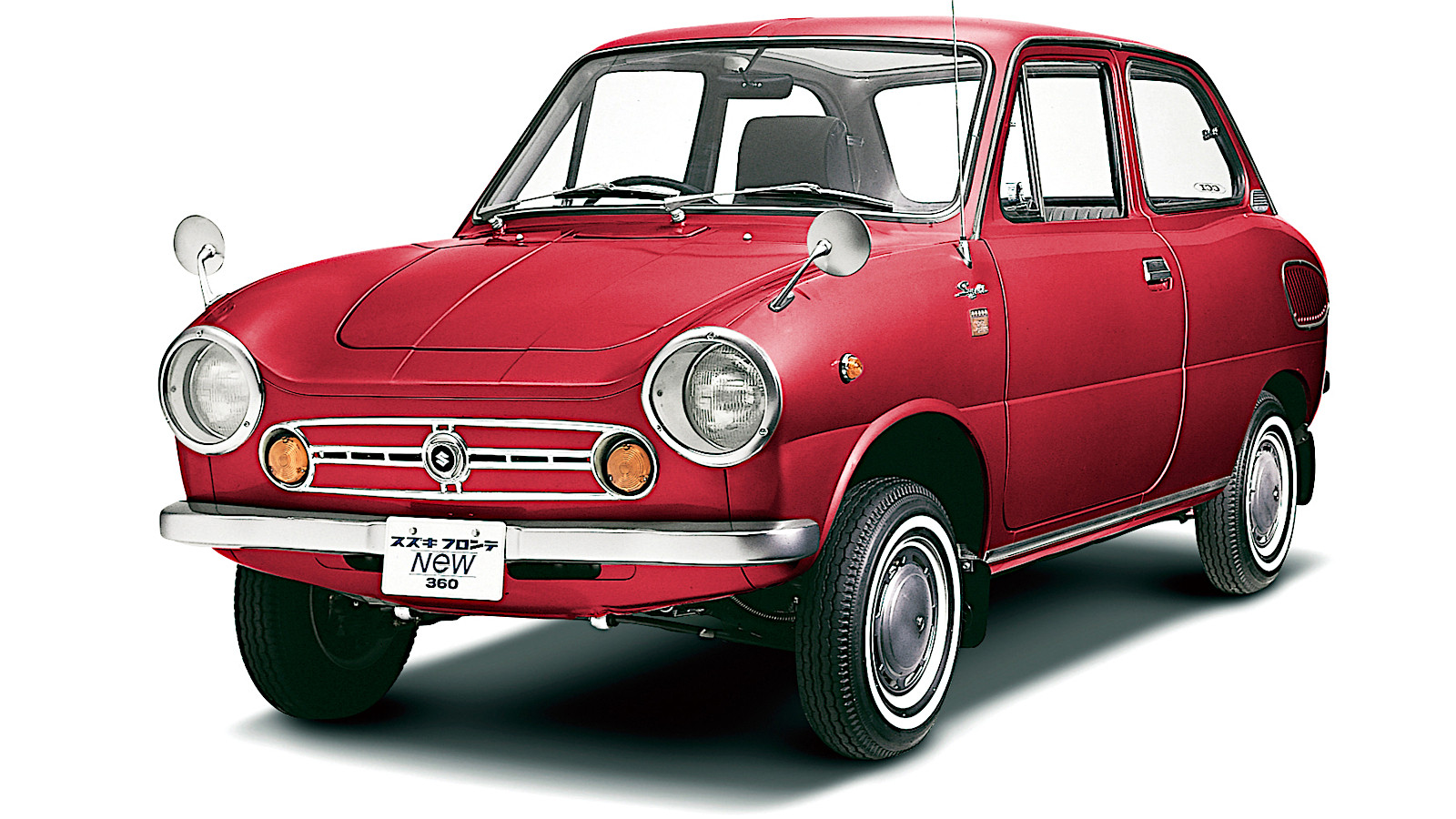 © Suzuki
© Suzuki -
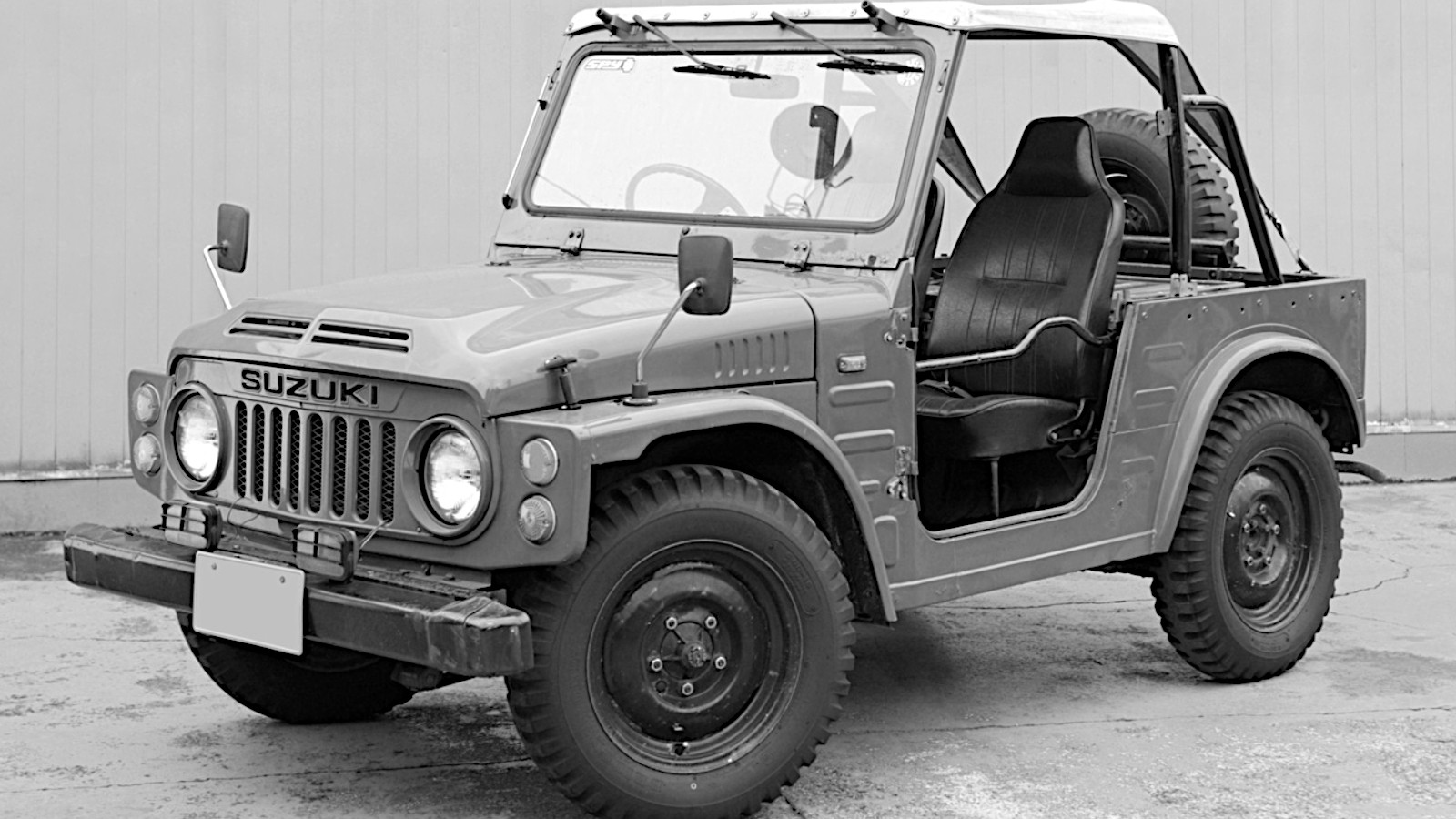 © Tennen-Gas/Creative Commons https://creativecommons.org/licenses/by-sa/3.0/legalcode
© Tennen-Gas/Creative Commons https://creativecommons.org/licenses/by-sa/3.0/legalcode -
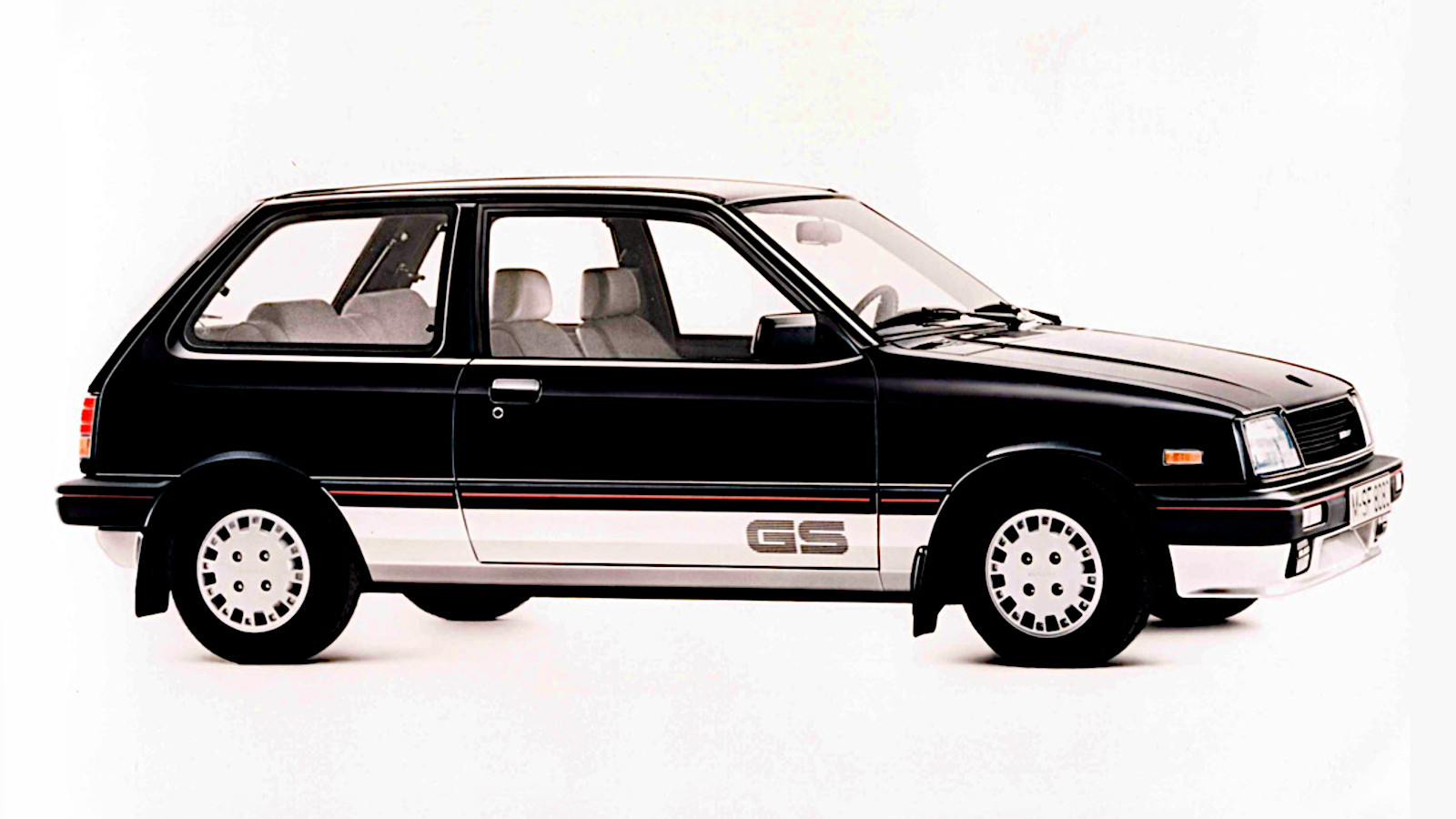 © Suzuki
© Suzuki -
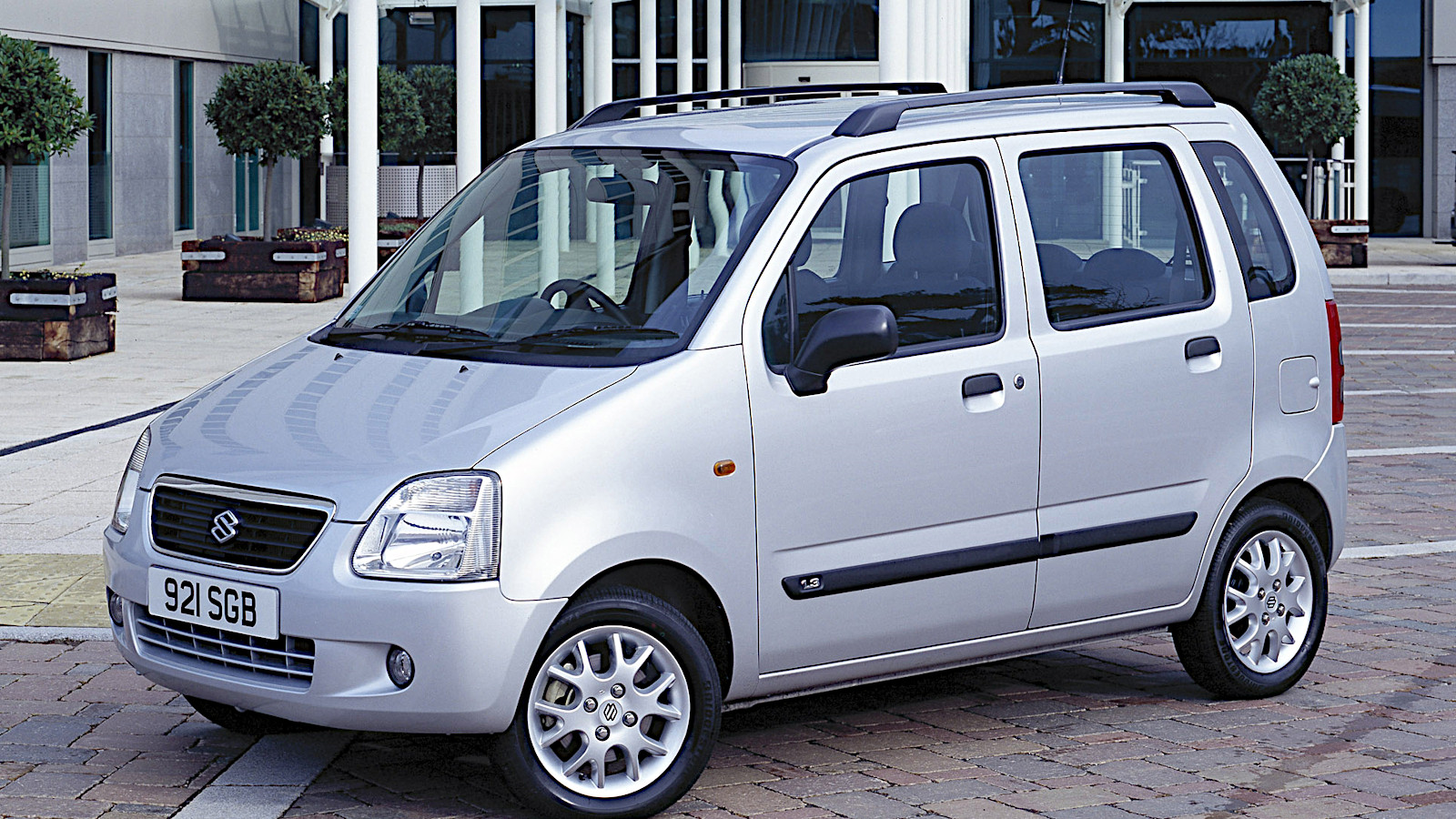 © Suzuki
© Suzuki -
 © Vauxhall
© Vauxhall -
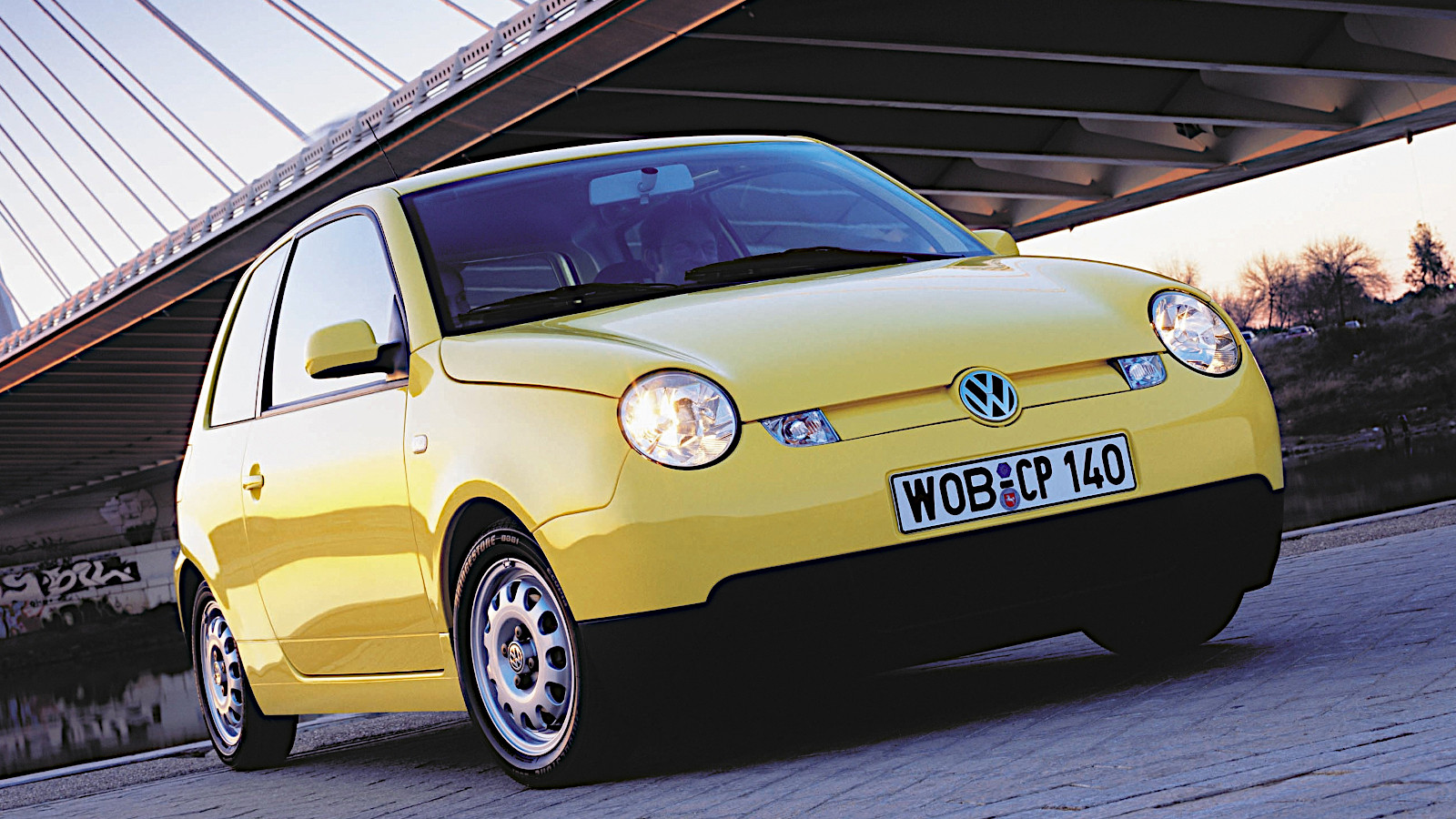 © Volkswagen
© Volkswagen -
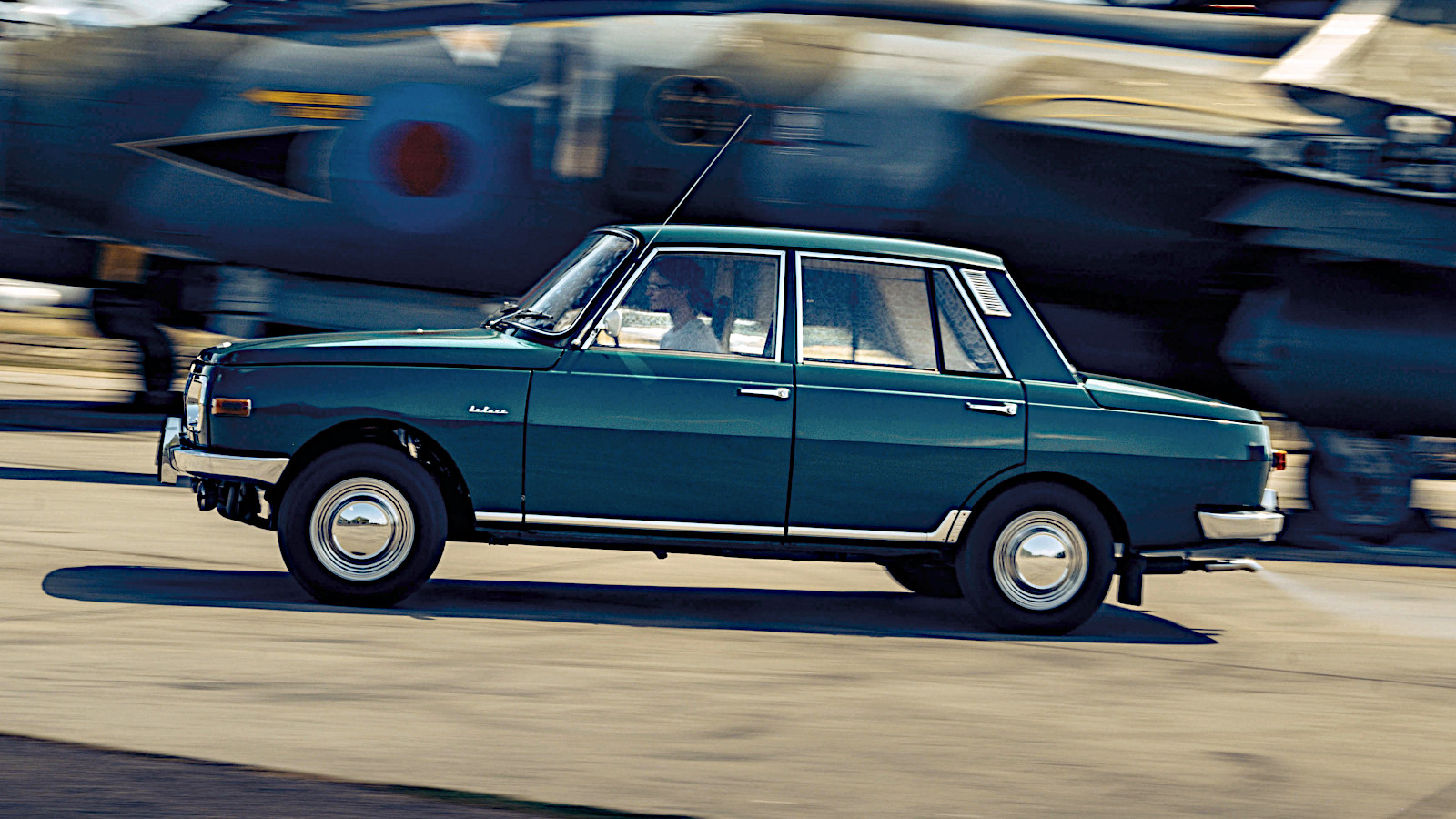 © Olgun Kordal/Classic & Sports Car
© Olgun Kordal/Classic & Sports Car
-
3-2-1
Three-cylinder engines are available today in a very wide range of cars from the Dacia Sandero to the Koenigsegg Gemera, which may be appearing here in the same sentence for the first time ever.
If you didn’t know much about motoring, you might imagine things have always been this way.
In fact, the three-cylinder engine is in its second wave. Around the turn of the century, it was an oddity (at least outside Japan), but in the more distant past it was quite popular, usually in small cars but occasionally in some not quite so small.
Those earlier examples are the ones we’re looking at here.
-
1. Alfa Romeo 33
We will start this alphabetical list with Alfa Romeo. Now, this might not be the first manufacturer to come to mind when you think about three-cylinder engines, but one was fitted to the 33 of the 1980s and ’90s.
The turbodiesel was designed and built by VM Motori, and it measured 1.8 liters.
That’s a remarkably large capacity for a three-cylinder, and one you won’t be seeing again here. It has since been beaten only by the 2.0-liter unit in the aforementioned Koenigsegg Gemera.
-
2. Audi A2
The A2 was available with first a 1.4-liter, and later a 1.2-liter, version of the Volkswagen Group’s three-cylinder turbodiesel.
In its smaller form, revealed in November 1999, it made the A2 what Audi claimed to be the first four-door car with official fuel consumption of under three liters per 100km, or more than 94.16mpg.
-
3. Auto Union 1000
The first car sold with an Auto Union badge since the 1930s was a derivative of the DKW Sonderklasse, which made its debut in 1953.
The 1000 arrived five years later, and was powered by more or less the same three-cylinder two-stroke engine, but with a capacity increase from 896cc to 981cc.
-
4. Autozam AZ-1
Mazda used the Autozam brand name for several small cars in the 1990s.
The mid-engined AZ-1 sports car was originally conceived by Suzuki. Mazda made several changes before putting it into production, but retained the turbocharged 657cc engine, which was also used in the Suzuki Cappuccino.
The relationship between the two companies became even closer when Suzuki began selling its own version, known as the Cara.
-
5. Autozam Carol
Mazda produced Carols with tiny four-cylinder engines in the 1960s.
The name was revived in 1989 for a kei car sold under the Autozam brand.
Carols of this generation were all powered by three-cylinder engines, initially of 547cc but later 657cc after a change in the kei car regulations.
-
6. Berkeley SE492
Most of the Berkeley sports cars sold between 1956 and 1960 were powered by two-cylinder engines, but the SE492 had a three-cylinder unit supplied by motorcycle manufacturer Excelsior.
The car was initially known as the Sports, but it was renamed Twosome when the larger Foursome was introduced in 1958.
In the 1920s, Excelsior had marketed cars called Bayliss-Thomas (because there was already a Belgian car brand called Excelsior), but they were all fitted with four-cylinder engines.
-
7. Daewoo Matiz
The Matiz, as it was sold in the UK (though many other names were used around the world), was fitted with a 796cc three-cylinder engine when it entered production in 1998.
In the 21st century, it appeared in enlarged 995cc and 1150cc forms.
-
8. Daewoo Tico
The engine used in the Matiz had first appeared in the third-generation Suzuki Alto.
The Alto was sold in Japan as a kei car. It started out with a 547cc version of the three-cylinder engine, which was expanded to 657cc after a regulation change in 1990. Export models not subject to the kei restrictions were fitted with the 796cc version.
The Daewoo Tico was the South Korean version of the Alto. It was never sold as a kei car, so it received the 796cc engine.
-
9. Daihatsu Charade
The Charade was produced across four generations from 1977 to the end of the century.
All versions in the first three generations had three-cylinder engines. The last was mostly powered by the four-cylinder H-Series unit, but three-cylinder versions were available in some markets.
-
10. Daihatsu Hijet
Daihatsu has been manufacturing Hijets across 11 generations for six decades.
Most versions are commercial vehicles, which we wouldn’t normally pay attention to, but Daihatsu has generally included a minivan derivative in the line-up.
Hijets were powered by two-cylinder motors until a three was introduced in the 1980s. Today’s model still uses an engine of this layout.
-
11. Daihatsu Mira
The original Mira of 1980 had a variety of two-cylinder engines.
In 1985, they were replaced by threes measuring 547cc (for the kei class) and 847cc (for export markets).
Daihatsu continued to use predominantly three-cylinder engines for the Mira from then on.
-
12. Daihatsu Move
The Move is a minivan developed for the kei class, and based on later versions of the Mira.
In the 1990s, it was mostly fitted with a 659cc three-pot, though Daihatsu also used a four-cylinder turbo for sportier models.
Export versions not subject to the kei regulations were sold with the 847cc three also used in the Mira for the same purpose.
-
13. DKW F102
The F102 was the last car ever sold as a DKW, and like all that marque’s post-war cars it had a three-cylinder two-stroke engine.
At 1175cc, it was the largest of the series. DKW also developed a 1288cc two-stroke V6, but this never went into production.
The F103 which followed was superficially similar but had a four-cylinder four-stroke engine. Volkswagen, which owned all the brands involved, discontinued DKW and revived Audi for this model.
-
14. DKW Monza
Based on the DKW Sonderklasse, the Monza was an independently manufactured German sports car with a light and aerodynamic fiberglass body.
The engine was DKW’s own three-cylinder two-stroke, used here in the 981cc form as fitted to the Auto Union 1000.
-
15. DKW Munga
Munga is an acronym for Mehrzweck Universal Geländewagen mit Allradantrieb, which translates into English as ‘multi-purpose universal all-terrain vehicle with four-wheel drive’.
It was built in Germany for over a decade from the mid-1950s, and was sold to both military and civilian customers.
The engine was the three-cylinder two-stroke which you must be familiar with by now. It was available in the Munga in both 896cc and 981cc forms.
The Munga was also built under license in Brazil, where it was marketed as the DKW Candango.
-
16. DKW Sonderklasse
Also known as the F91, the 900 and the 3=6, the Sonderklasse was the first DKW fitted with the 896cc three-cylinder two-stroke engine.
With the still fairly unusual feature of front-wheel drive, the Sonderklasse handled well enough to be successful in motorsport, making a noise like the warning cry of a sewing machine protecting its young.
The Sonderklasse sedan had what are now referred to as narrow and (from 1955) wide bodies, the latter also used for the Auto Union 1000. Wagon and convertible bodies were available, too.
In June 1956, a narrow ‘Deek’ became the first car ever driven in a circuit race by a young farmer called Jim Clark. He became Formula One world drivers’ champion seven years later.
-
17. FSO Syrena
The Syrena was manufactured in Poland across six generations, named 100 to 105.
100 to 103, built from 1957 to 1966, were powered by either a 746cc two-cylinder two-stroke or, in some cases, a three. Both were replaced by a new 842cc three used in the 104 and 105.
The 105 was the longest-lived model in the series, remaining in production from 1972 to 1983.
-
18. GT Malzoni
In its initial form, the GT Malzoni was a 1960s Brazilian competition car based on the underpinnings of the DKW Sonderklasse and fitted with the 981cc three-cylinder two-stroke used in the Auto Union 1000.
It performed well in the hands of, among others, future F1 World Champion Emerson Fittipaldi, and was developed into a road car.
Its maker was renamed Puma at around this time, and continued in the motor business until the end of the century.
-
19. Honda Beat
Introduced in 1991, the Beat was a spiritual descendent of the Honda S360 kei sports car which appeared 29 years earlier, but was never put into production.
Its 656cc three-cylinder engine was almost identical to the one used in the Honda Today, but for this application it was modified to produce 64HP – the highest figure allowed by the kei regulations – without supercharging or turbocharging.
-
20. Honda Insight
The original Insight was the first production car fitted with Honda’s Integrated Motor Assist hybrid system.
The powertrain consisted of a 995cc three and an electric motor.
Fuel economy was impressive, as intended, though the car’s light weight and an exceptionally aerodynamic body were contributing factors.
-
21. Honda Life
Honda’s first Life was a two-cylinder kei car (and van), produced for three years until 1974.
At this point, Honda left the kei segment – and would not return for more than a decade.
The Life name was kept in abeyance for even longer. It was used for the second time for a three-cylinder kei minivan which arrived in 1997.
This model lasted for only a year and a half. The kei rules on vehicle dimensions were relaxed, so Honda had no option but to bring out a larger model in 1998, using a development of the same 656cc three.
-
22. Honda Today
The Today made its debut in 1985 with an old-fashioned two-cylinder engine.
A more suitable 547cc three was introduced in 1988, and expanded to 656cc when the new kei regulations made this possible two years later.
That engine remained in use for the rest of the Today’s production run, which ended in 1998.
-
23. Honda Vamos
The Vamos story is similar to that of the Honda Life.
The original Vamos was a two-cylinder kei truck built in the early 1970s.
Its name reappeared in 1999 on a kei minivan powered by the same 656cc three used in the later Life.
-
24. Mazda Carol
The successor to the Autozam-branded Carols mentioned earlier was launched under its manufacturer’s own name in 1998.
More or less a rebadged fifth-generation Suzuki Alto, the new Carol retained the old 657cc three-cylinder engine for a couple of years, but was mostly powered by a more modern 658cc unit.
-
25. Melkus RS 1000
East German race-car manufacturer Melkus produced its only road car at the rate of about 10 per year from 1969 to 1979.
The mid-mounted engine of this fiberglass-bodied sports car was a modified version of the 992cc two-stroke three normally found in the Wartburg 353, which we’ll come back to later.
-
26. Saab 93
Saab’s first car, the innovative and remarkably aerodynamic 92, was powered by a 764cc two-cylinder two-stroke engine.
It was replaced by the 93, which looked similar but had a slightly smaller three-cylinder engine measuring 748cc.
By the time production ended in 1960, the 93 had established a fine reputation in rallying which would be enhanced still further in the following decade.
-
27. Saab 95
The 95 was Saab’s first – and, during its lifetime, only – wagon.
It started out with an 841cc version of Saab’s three-cylinder two-stroke engine, but from 1967 it was fitted with a much larger four-stroke V4 supplied by Ford.
-
28. Saab 96
Like the 95, the 96 sedan switched from an 841cc three-cylinder to the Ford V4 engine during its long production run.
96s were even more successful in competition than the 93s had been.
In 1962, a three-cylinder version driven by Erik Carlsson became the smallest-engined car ever to win the Rallye Monte-Carlo. Six decades later, it still is.
-
29. Saab Sonett
The Sonett sports car was produced across three generations, with a large gap between the first and second.
The version sold in the mid-1950s used the 748cc two-stroke three-cylinder unit. Its successor, manufactured from 1966 to 1969, was available with either the 841cc three or the Ford V4.
This was the last of the three-cylinder Sonetts. The final model was launched in 1970, after Saab had abandoned two-stroke engines, so it was powered only by the V4.
-
30. Seat Arosa
Remember the 1.2- and 1.4-liter three-cylinder turbodiesels which powered the more economical versions of the Audi A2? They were also part of the Seat Arosa line-up.
Apart from their engines and the fact that both brands were owned by Volkswagen (as they still are), there was little connection between the two vehicles.
With its aluminum construction and almost futuristic design, the Audi was an outstandingly innovative car. The Arosa, in contrast, was simply the Spanish version of the far more conventional VW Lupo.
-
31. Smart Fortwo
Retrospectively named the Fortwo to distinguish it from the larger Forfour, the car originally known simply as Smart made its debut in 1998.
For what was left of the 20th century, it was powered by either a 599cc gasoline engine or a 799cc diesel. Both were turbocharged, and both had three cylinders.
The gasoline engine was later enlarged to 698cc. Two of these were combined to make a 1.4-liter twin-turbo V6 which was fitted to a limited run of road-legal Smart Roadsters.
-
32. Subaru Justy
Subaru has generally used the Justy name for its versions of cars designed by other manufacturers.
The first Justy, however, was Subaru’s own effort. On the market for 10 years from 1984, it was available with a three-cylinder engine measuring either 1.0 or 1.2 liters.
Typically for Subaru, it was also offered with four-wheel drive, though front-wheel drive was more common.
-
33. Suzuki Alto
The Alto made its debut in 1979 and is still in production today, in its ninth generation.
Although four-cylinder engines have occasionally been used, Altos through the ages have always been powered mostly by threes (including an early two-stroke), with capacities ranging from 539cc to 998cc.
-
34. Suzuki Cappuccino
Having started development on what became the Autozam AZ-1 and then passed it on to Mazda, Suzuki began devoting its attention to another kei sports car.
The Cappuccino was launched in 1991, the same year as the rival Honda Beat.
Like the Beat, the Cappuccino had a three-cylinder engine producing a maximum of 64HP, but while Honda achieved this output through high revs, Suzuki did it by using a turbocharger.
-
35. Suzuki Fronte
Suzuki was using the Fronte name for its cars before it started to use its own.
The Suzulight Fronte did not have a three-cylinder engine, but all the Suzuki-badged versions did.
This series ran from 1967 until 1989, when Suzuki finally dropped the Fronte name.
-
36. Suzuki Jimny
The Jimny series began in 1970 with a development of the Mitsubishi-powered HopeStar ON360.
Suzuki fitted its own two-cylinder engine at first, and five years later added a 539cc two-stroke three to create the Jimny 55 (pictured).
Subsequent Jimnys have frequently had three-cylinder engines to meet the kei class regulations. Non-kei versions use larger four-cylinder motors.
-
37. Suzuki Swift
The Swift is known as the Cultus in Japan, where it entered production in 1983.
Three-cylinder engines of up to 1.0 liters (and sometimes turbocharged) have been used.
Swifts have also been fitted with larger motors of up to 1.3 liters, but those have all had four cylinders.
-
38. Suzuki Wagon R
The Wagon R has been produced in six generations, the first two of which were launched in the 1990s.
As a modern kei car, it has always been fitted with engines of up to 660cc. Each of them has had three cylinders, and some have been turbocharged.
Four-cylinder Wagon Rs have also been built, but these are examples of the Wagon R+, which is too large to qualify as a kei car.
-
39. Vauxhall Corsa
All gasoline-fueled Corsas sold today have three-cylinder engines, but this layout was a rarity for the car back in the 20th century.
It first appeared in the mid 1990s, when a 973cc three-pot unit was added to the range.
Part of the same family as a 1.2-liter four, it was the first three-cylinder engine developed by General Motors Europe, which owned both Vauxhall and its German equivalent Opel at the time.
-
40. Volkswagen Lupo
As mentioned before, the 1.2- and 1.4-liter diesel engines fitted to the Audi A2 and Seat Arosa were also used in the Arosa’s close relative, the VW Lupo.
The Lupo was designed as a smaller alternative to the Polo. Its name is the Latin for ‘wolf’, a reference to the town of Wolfsburg where Volkswagen is based.
As with the corresponding Audi and Seat, all other engines fitted to the Lupo had four cylinders.
-
41. Wartburg 353
Like the preceding Wartburg 311, the 353 (sold in the UK as the Knight) had a 1.0-liter three-cylinder two-stroke engine.
Viewed unfavorably in western Europe, the East German car nevertheless had a long production run from 1966 to 1988.
It was succeeded by the 1.3, which had a four-cylinder VW engine. This model survived for less than three years, because Wartburg could not meet the expectations created by the unification of Germany in 1990.
